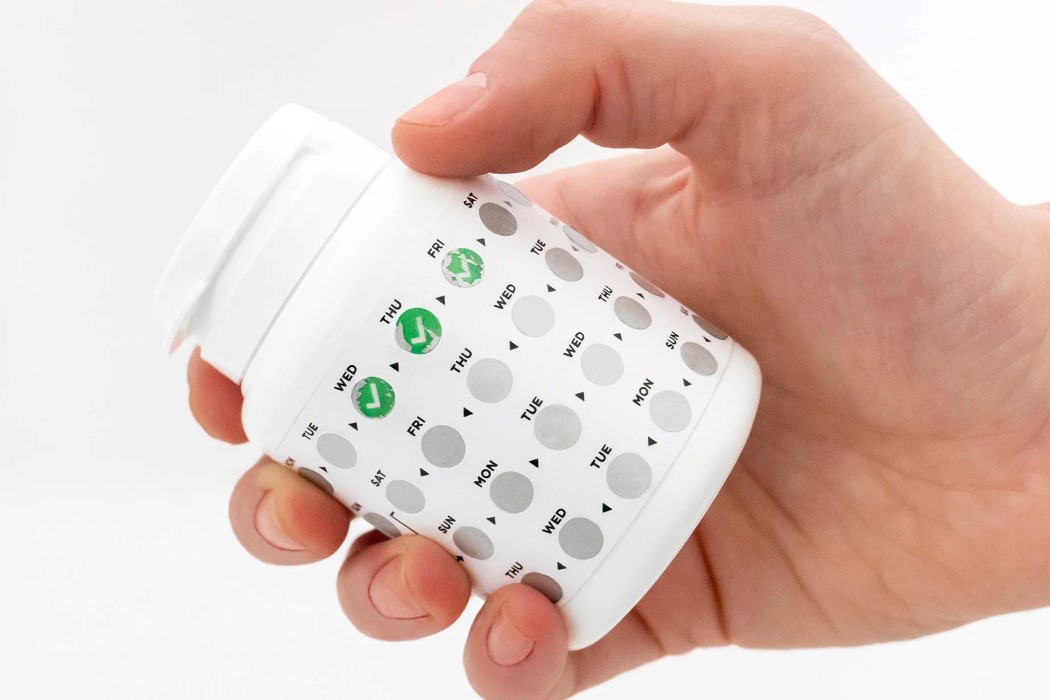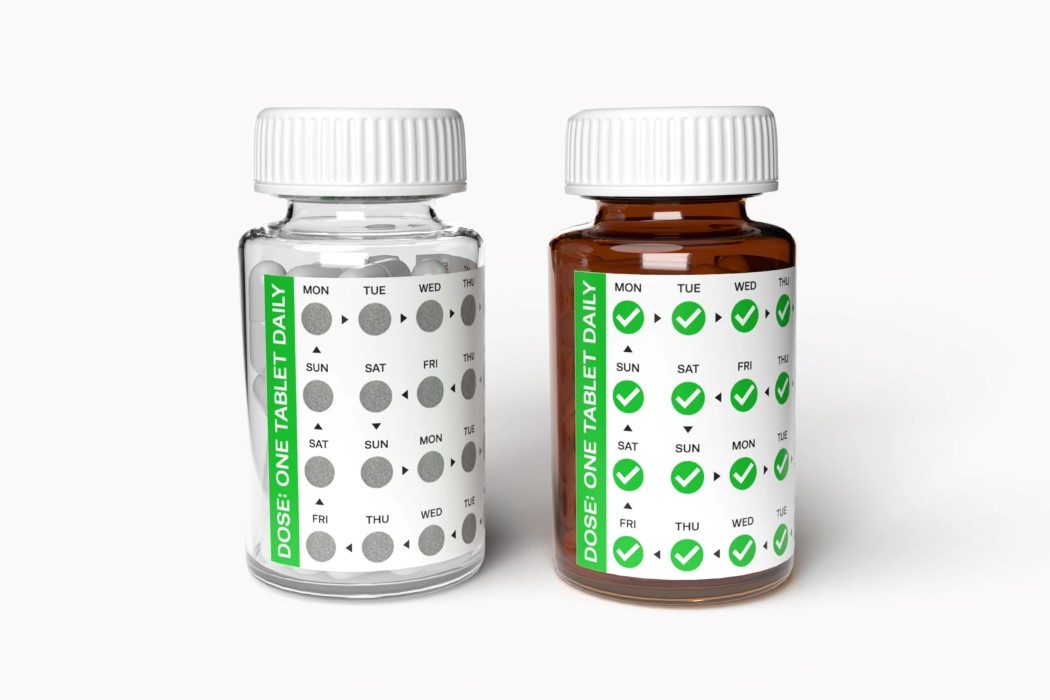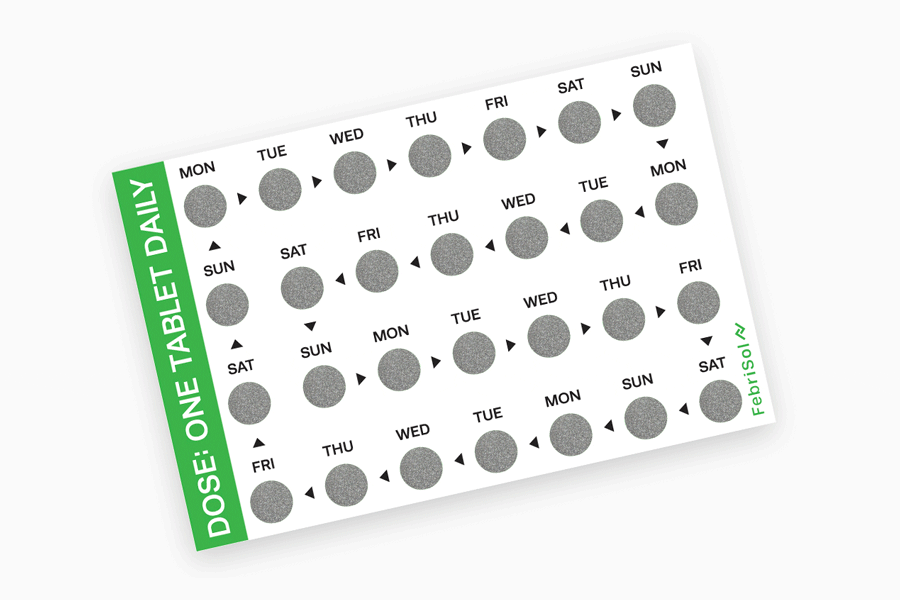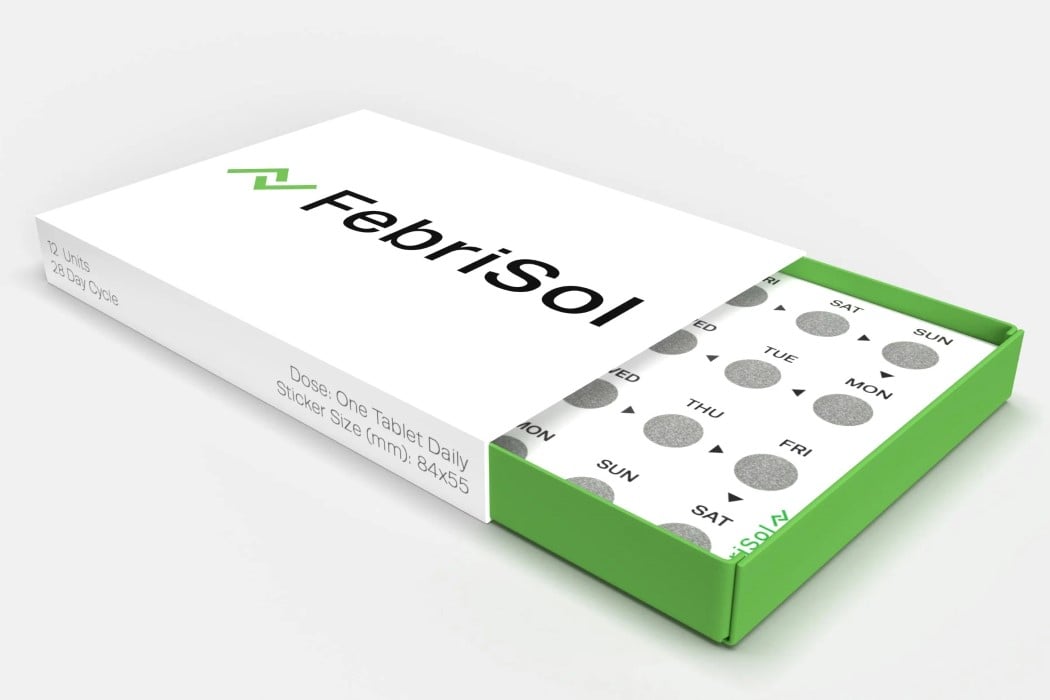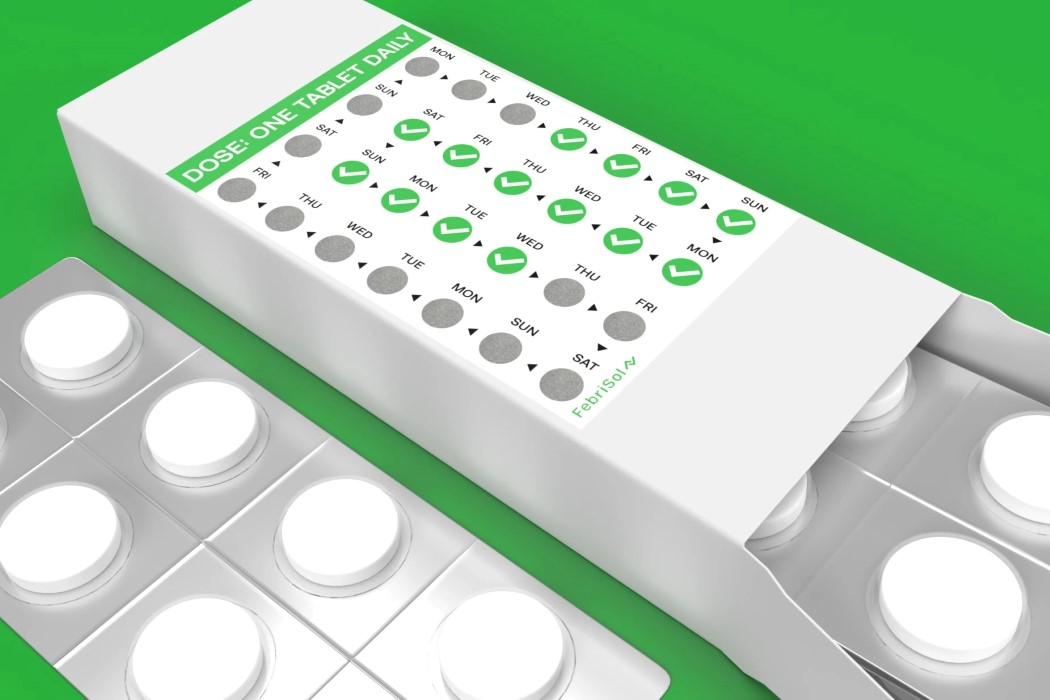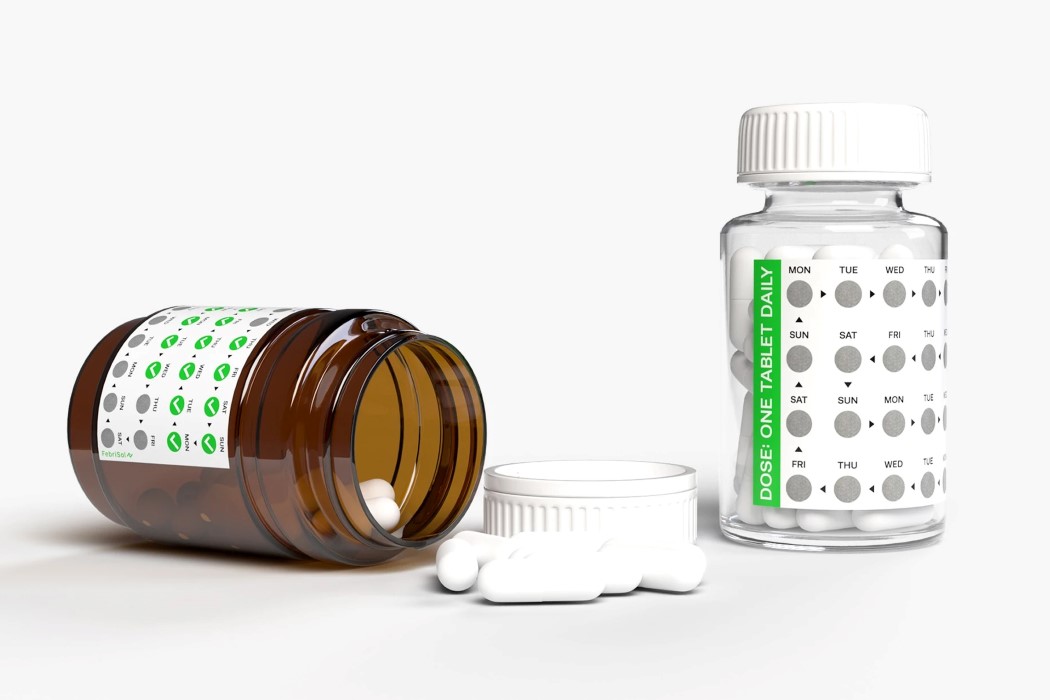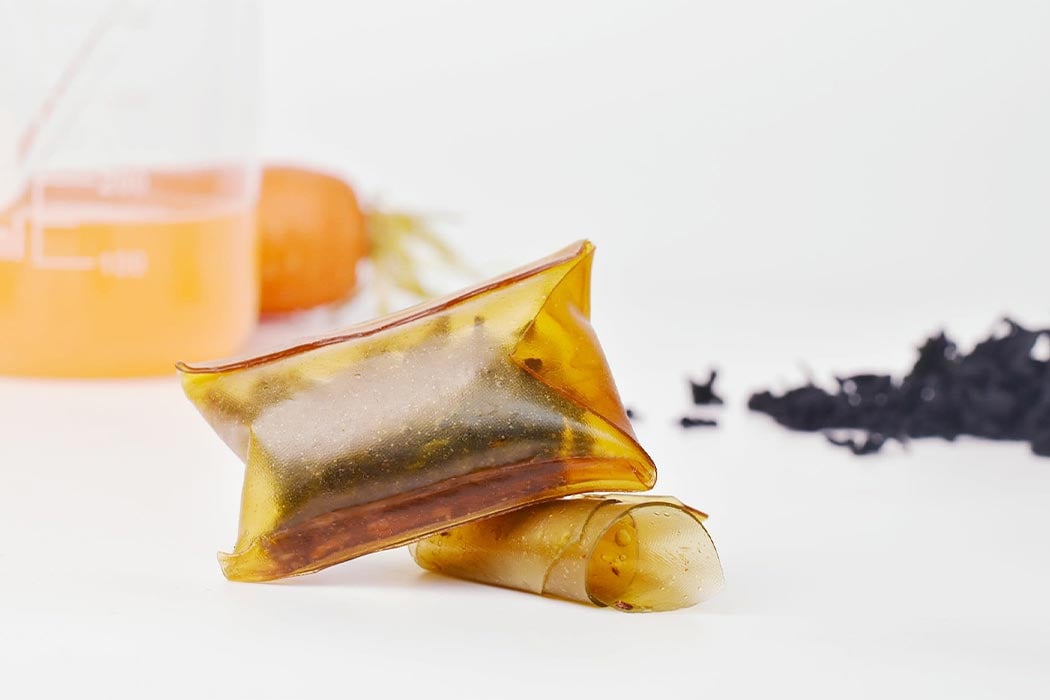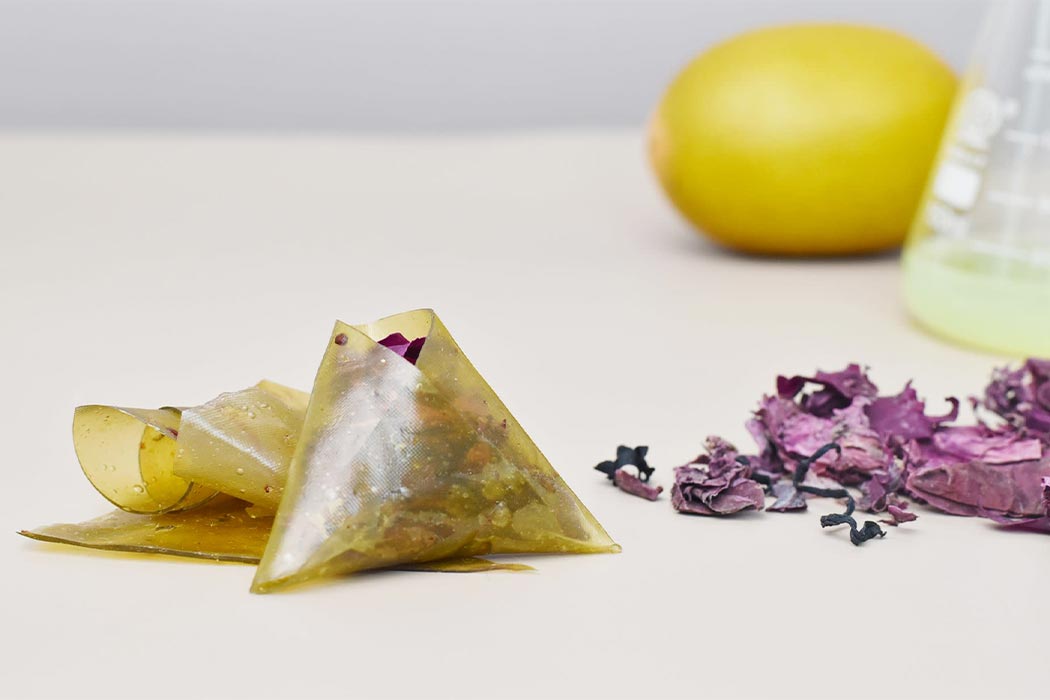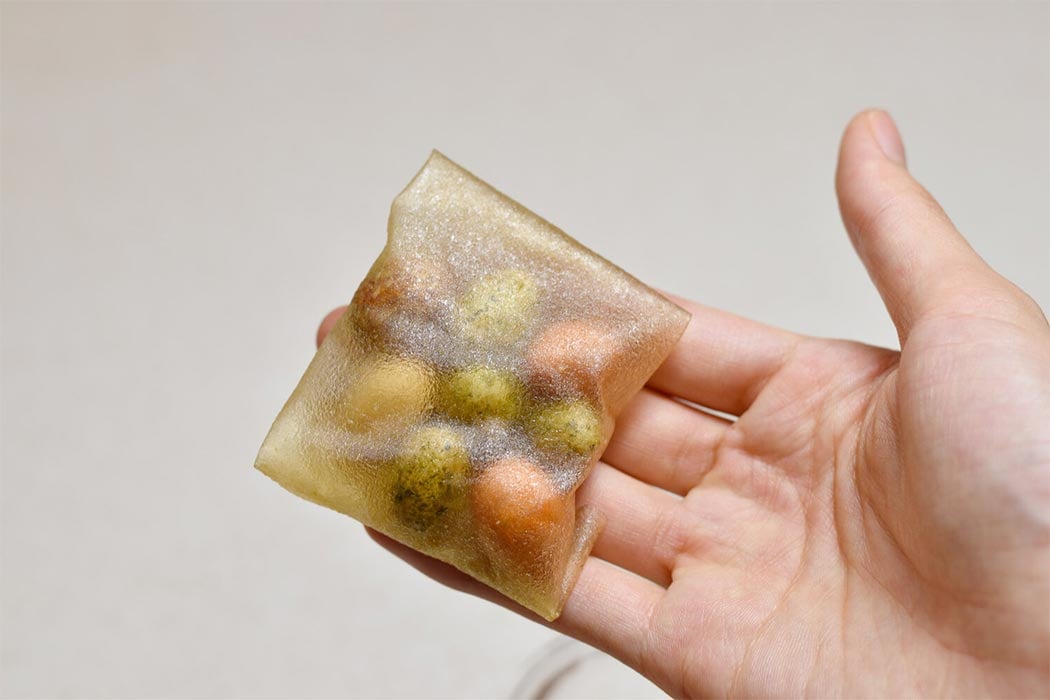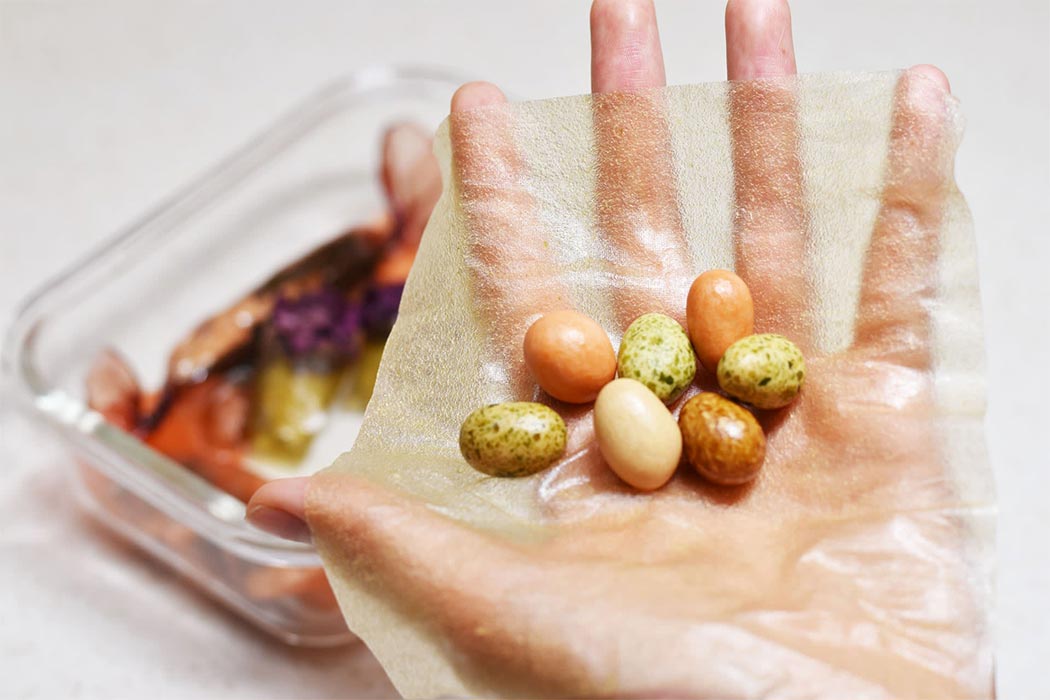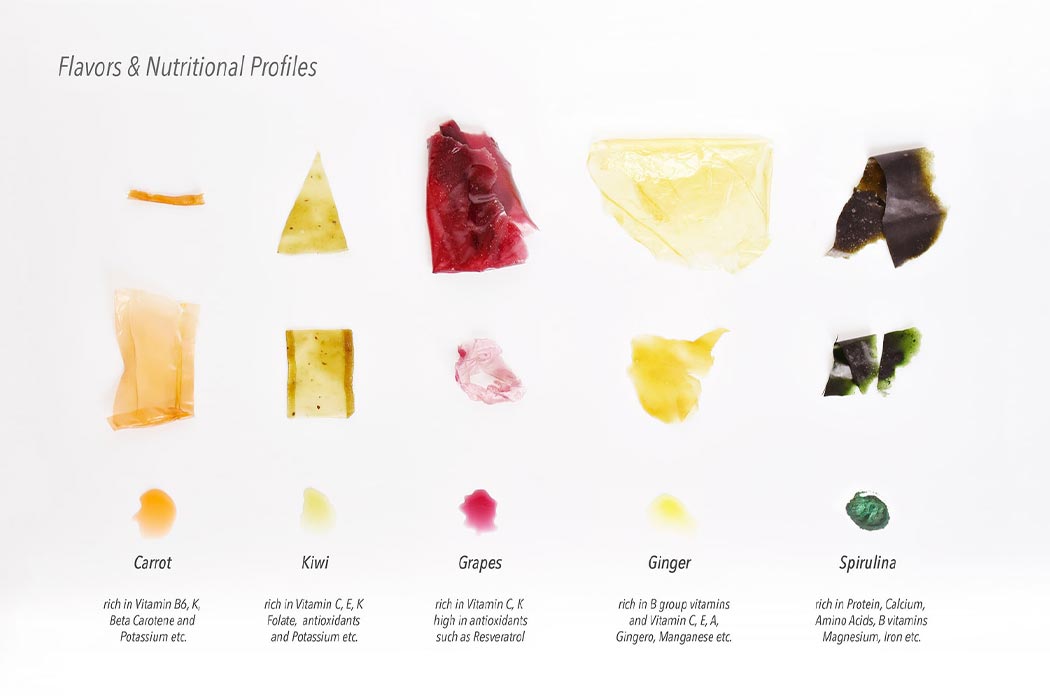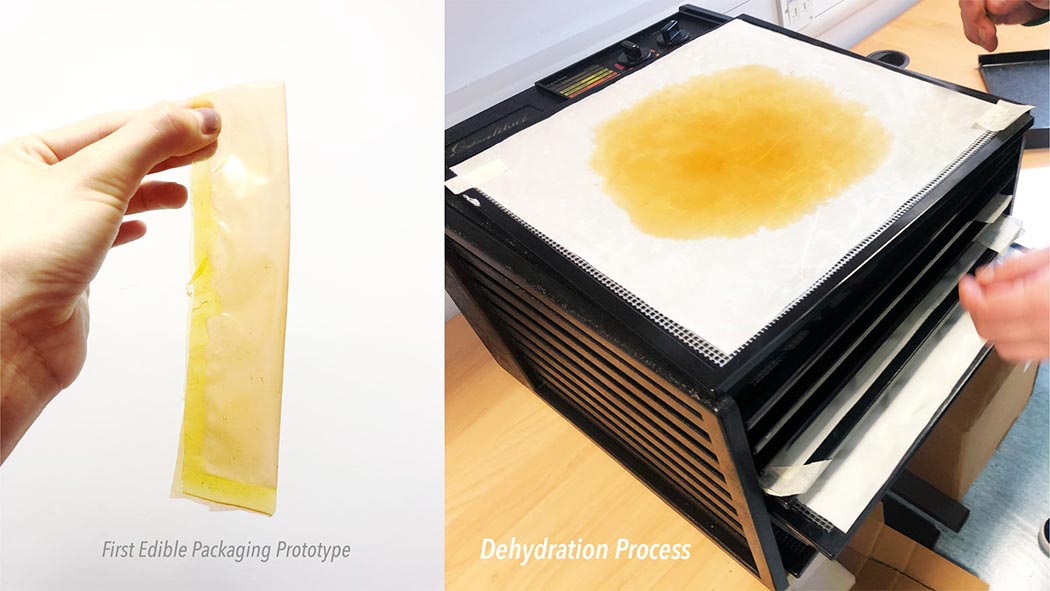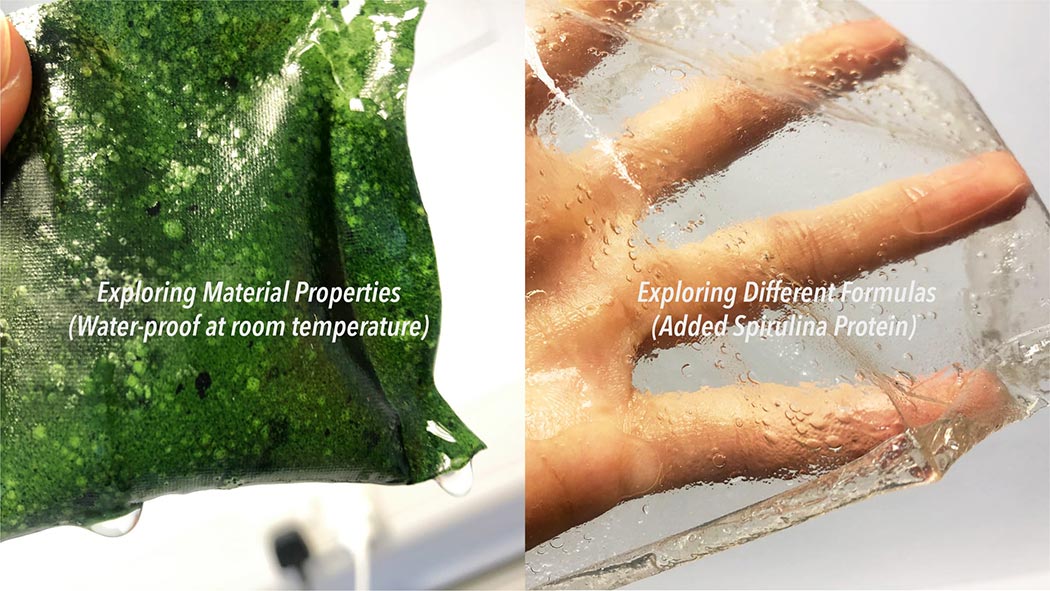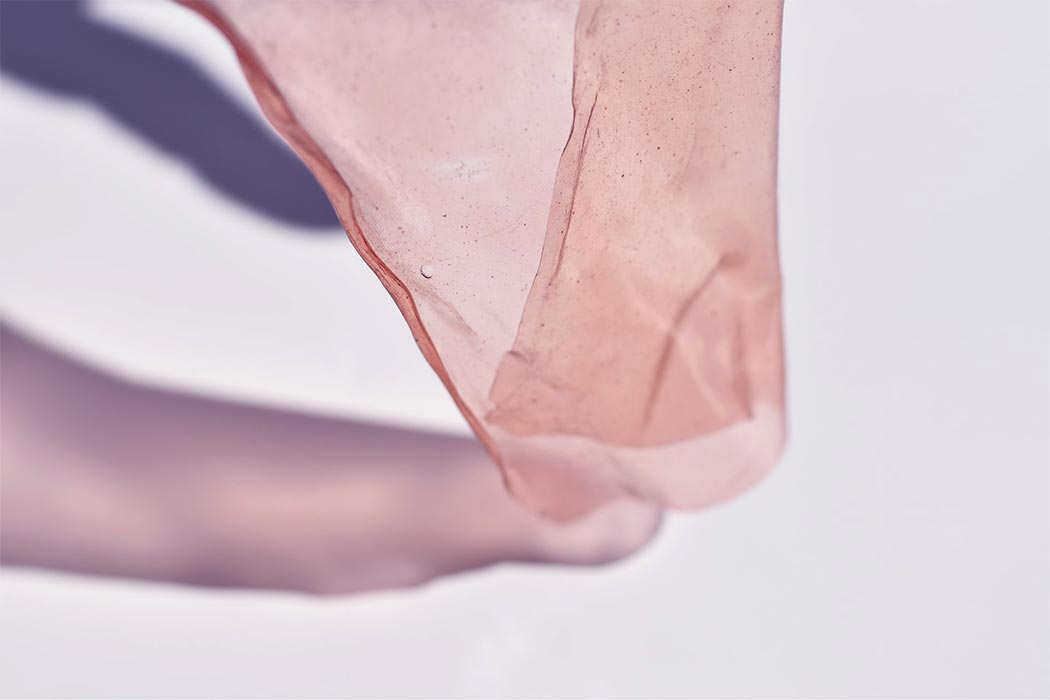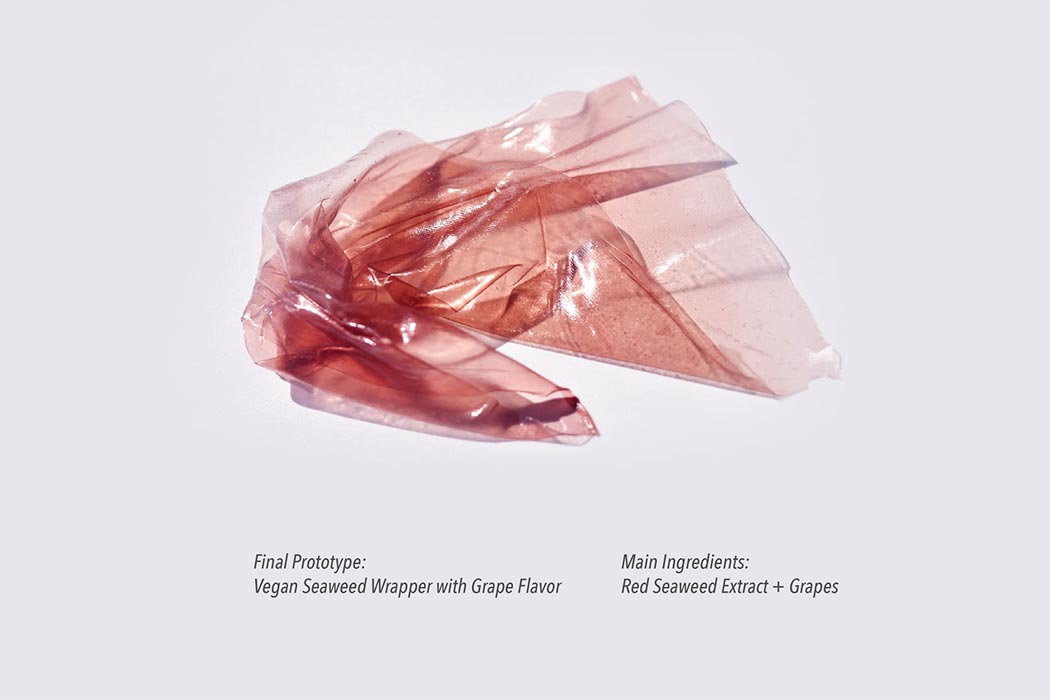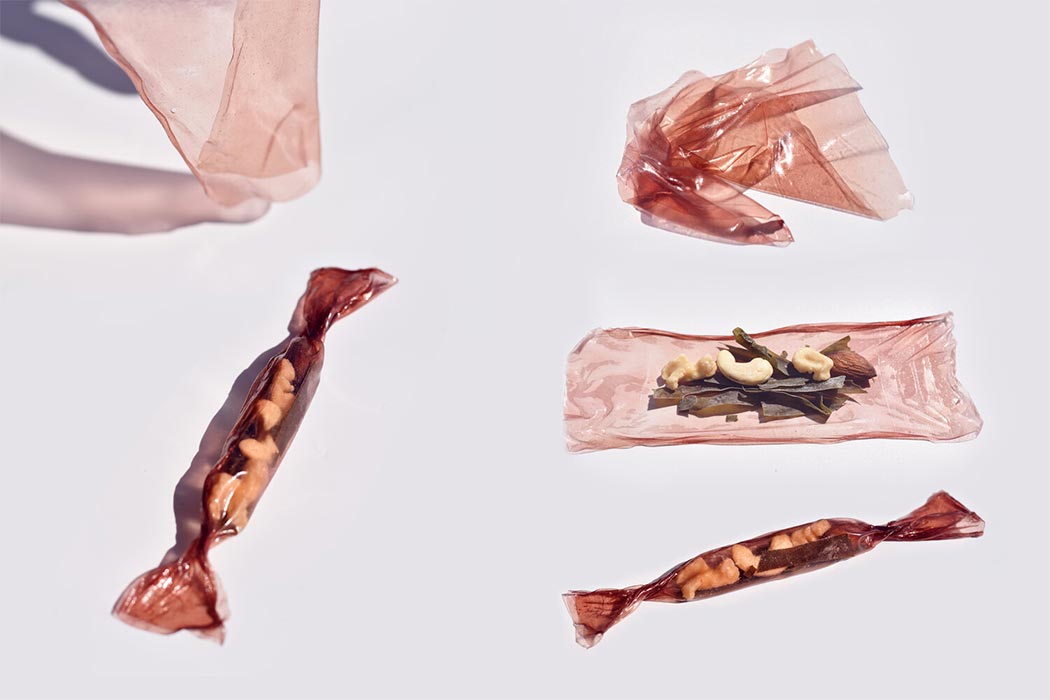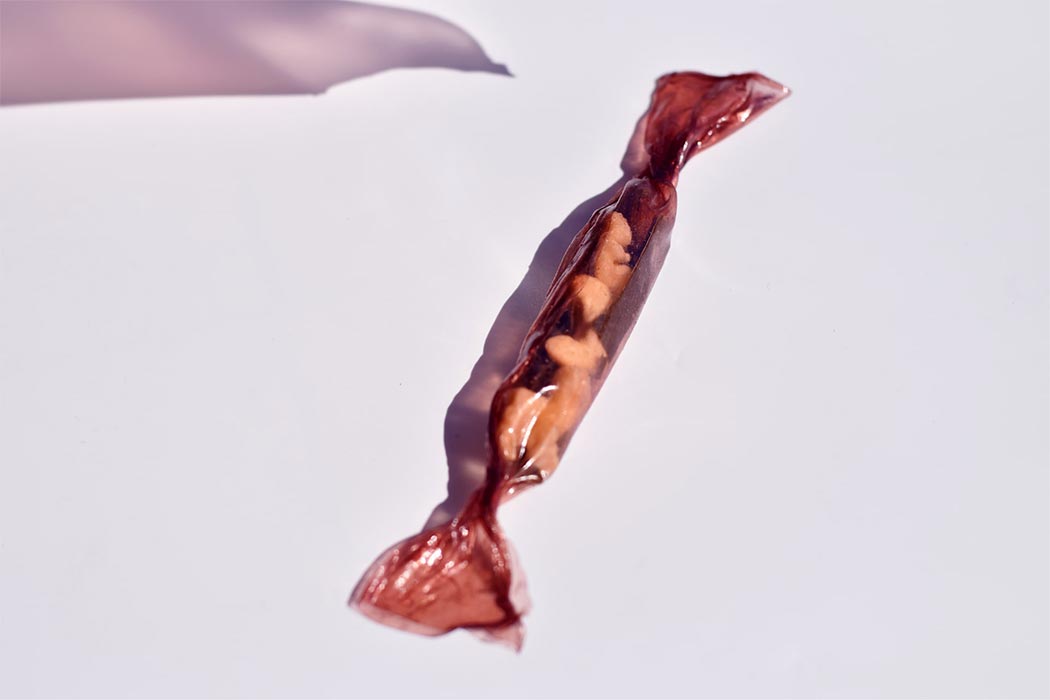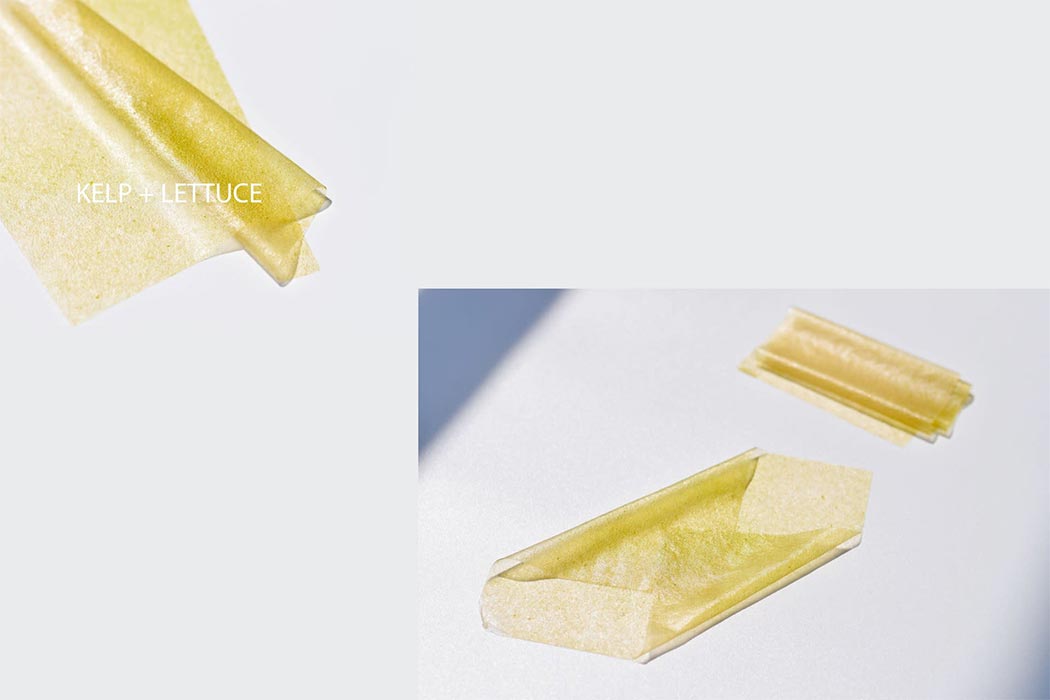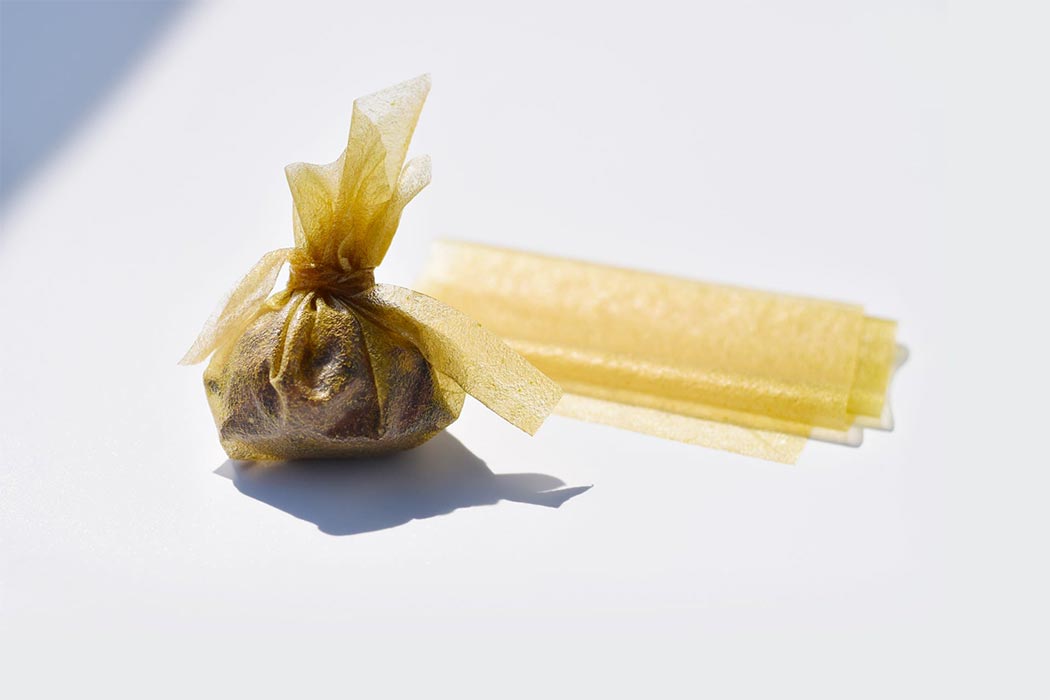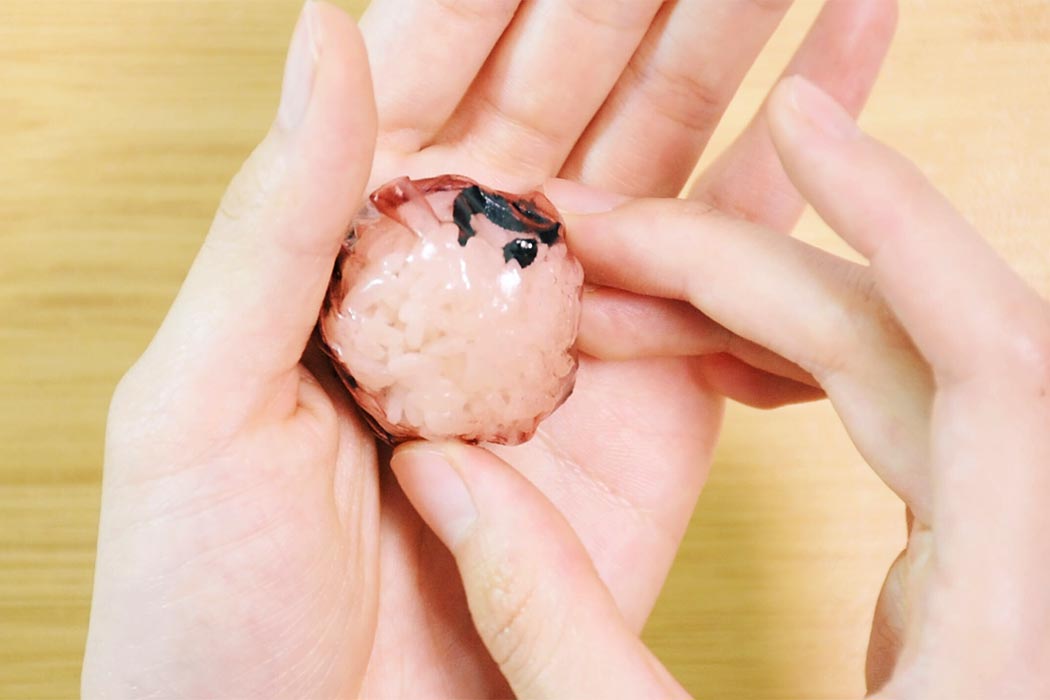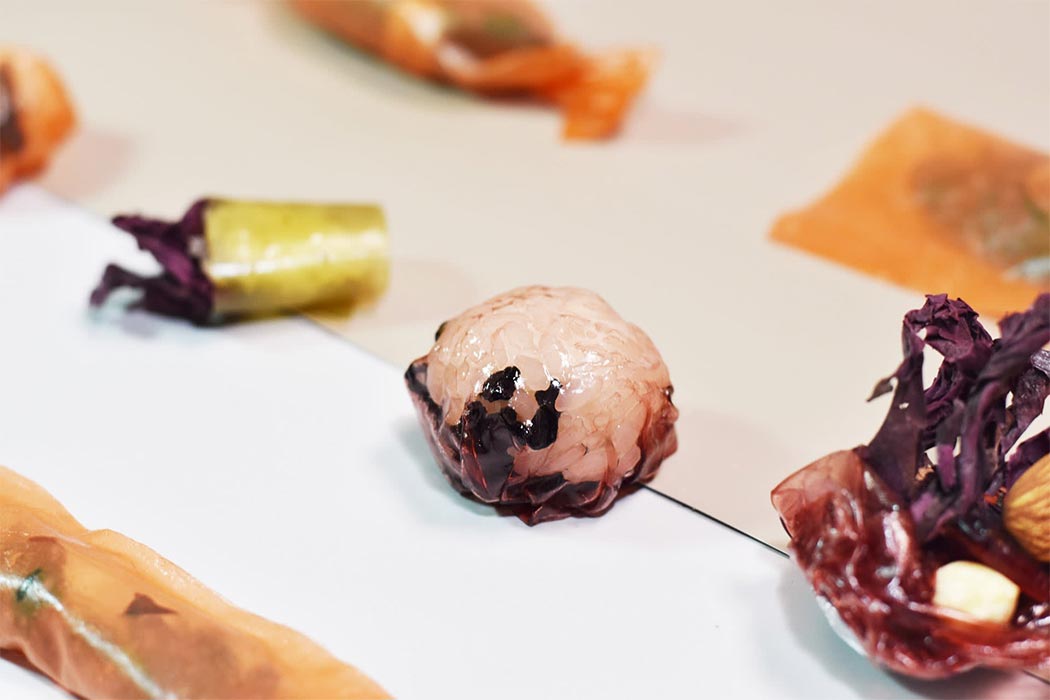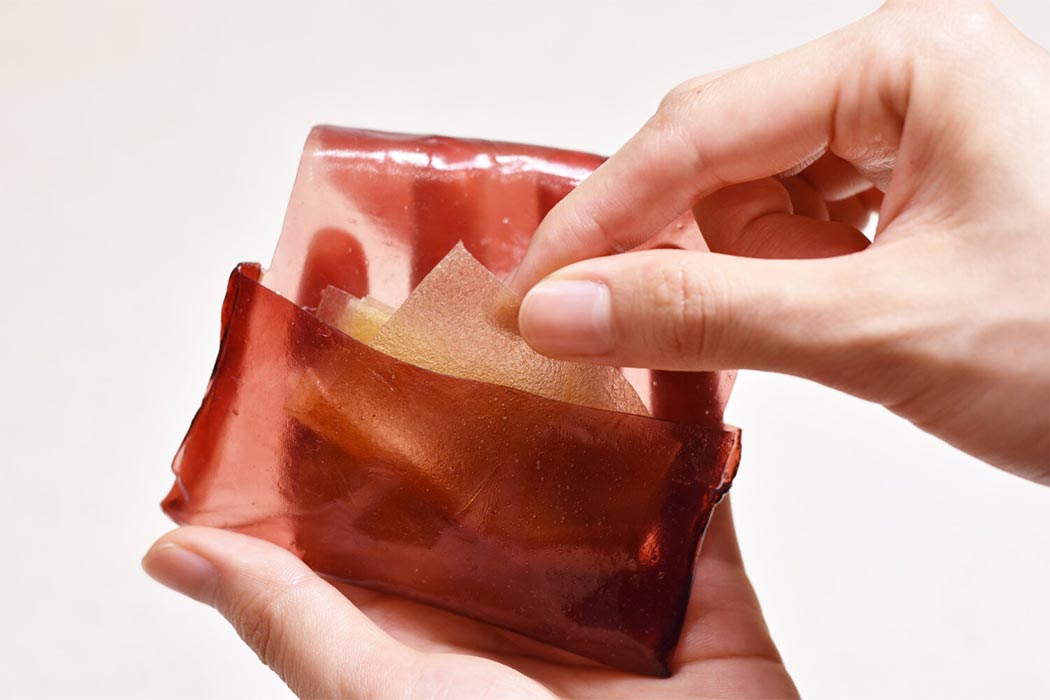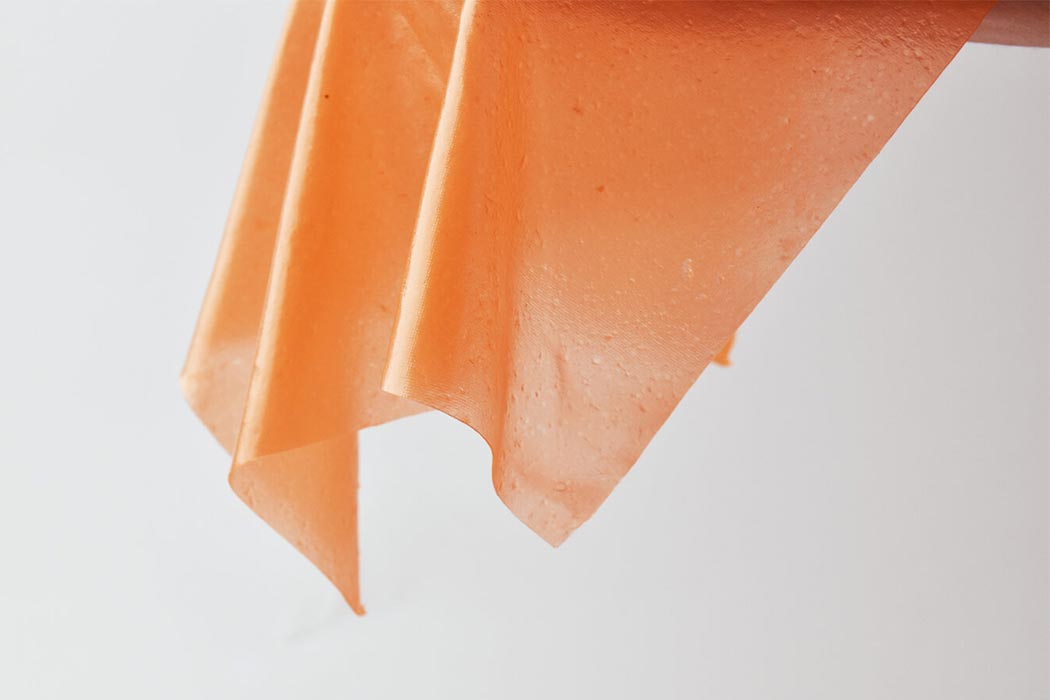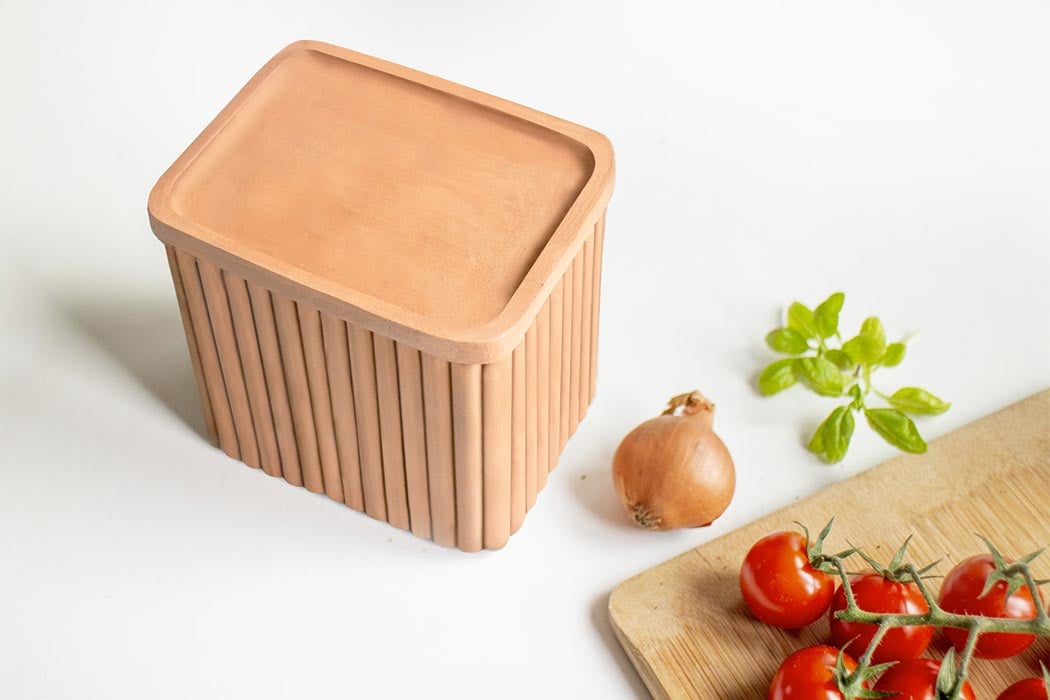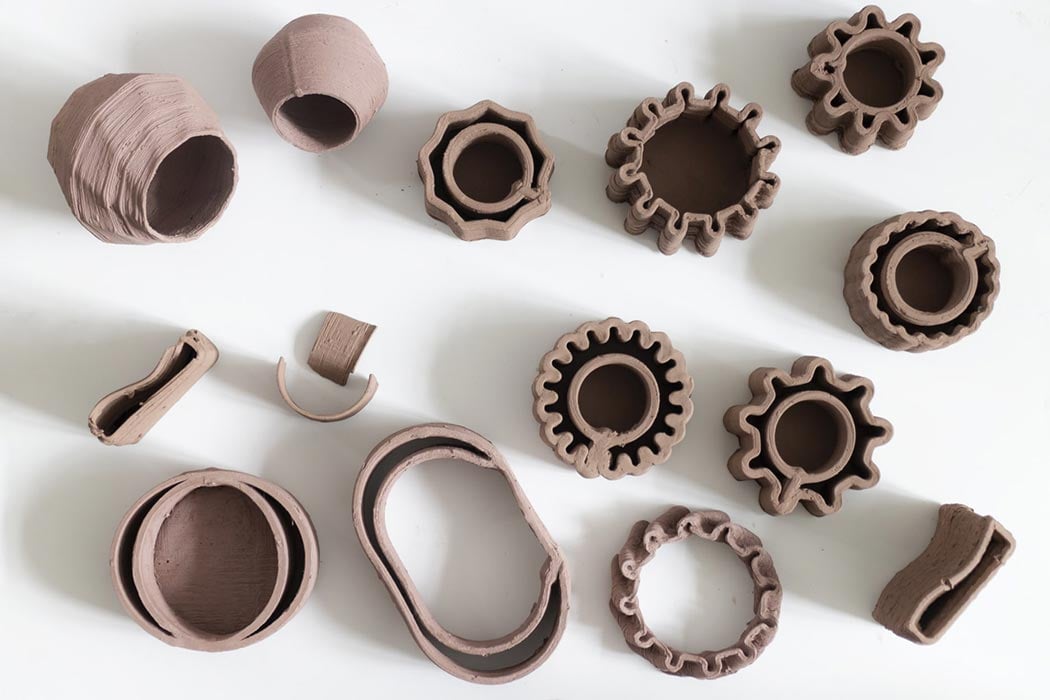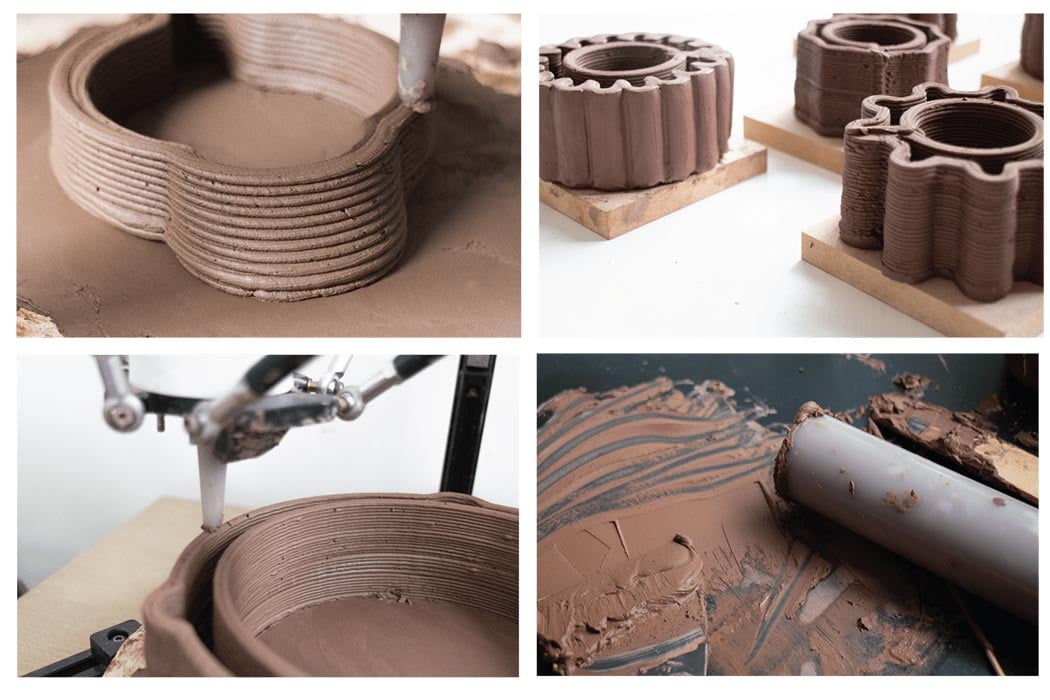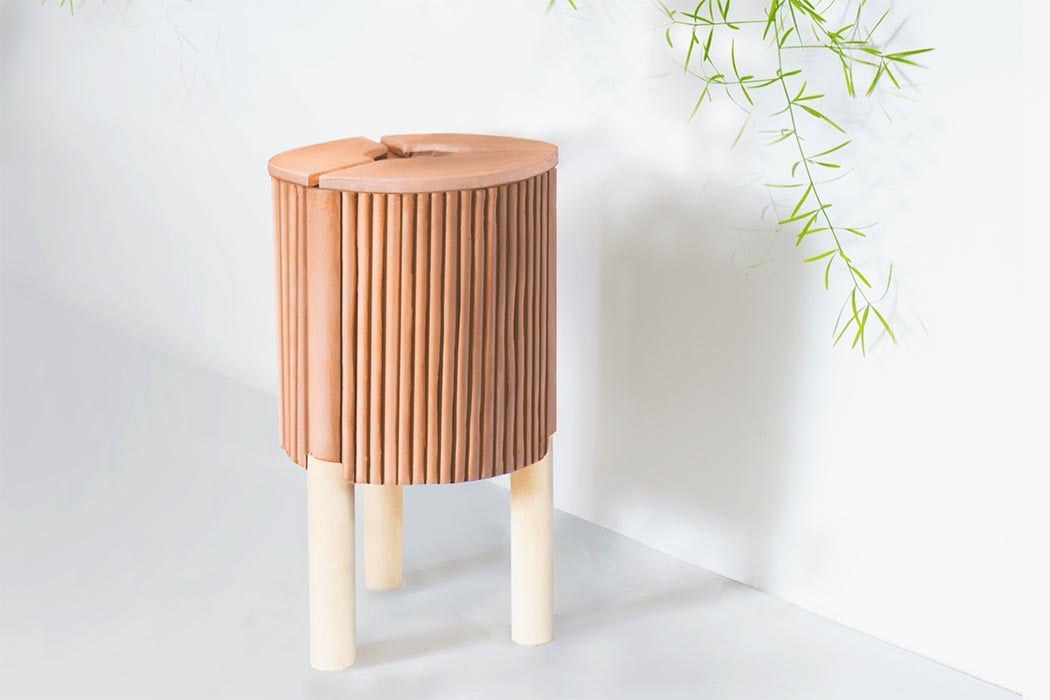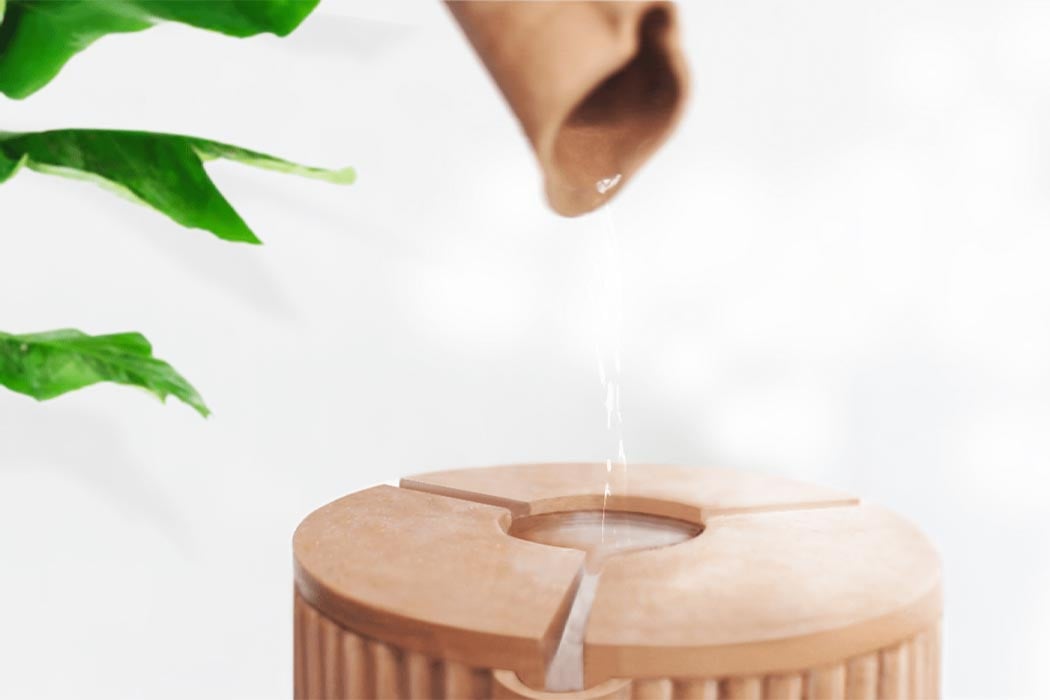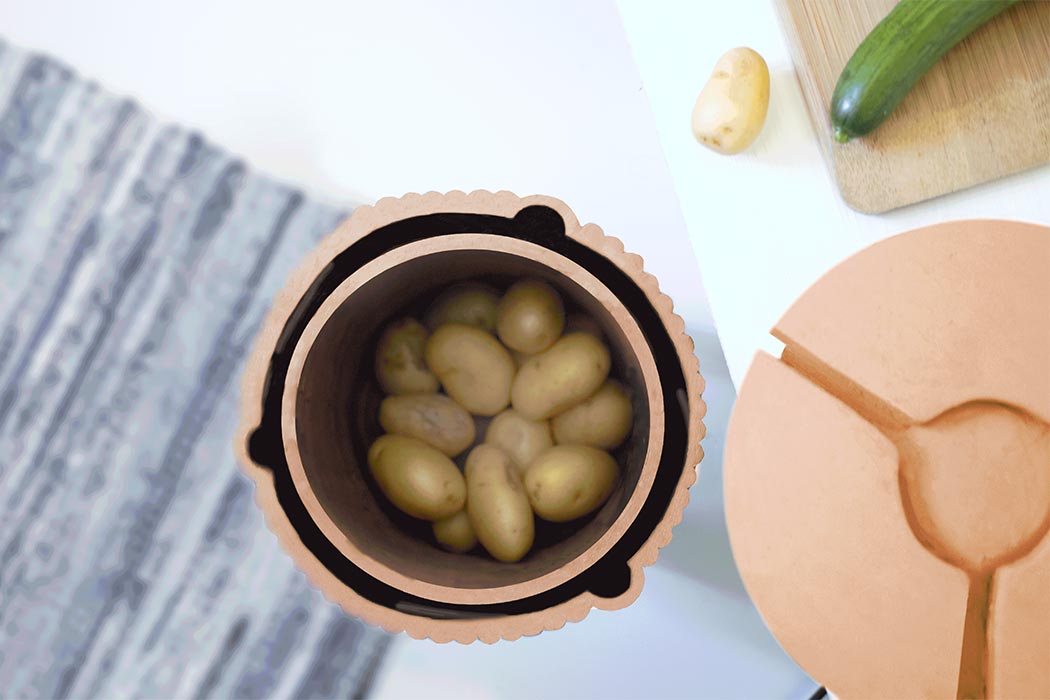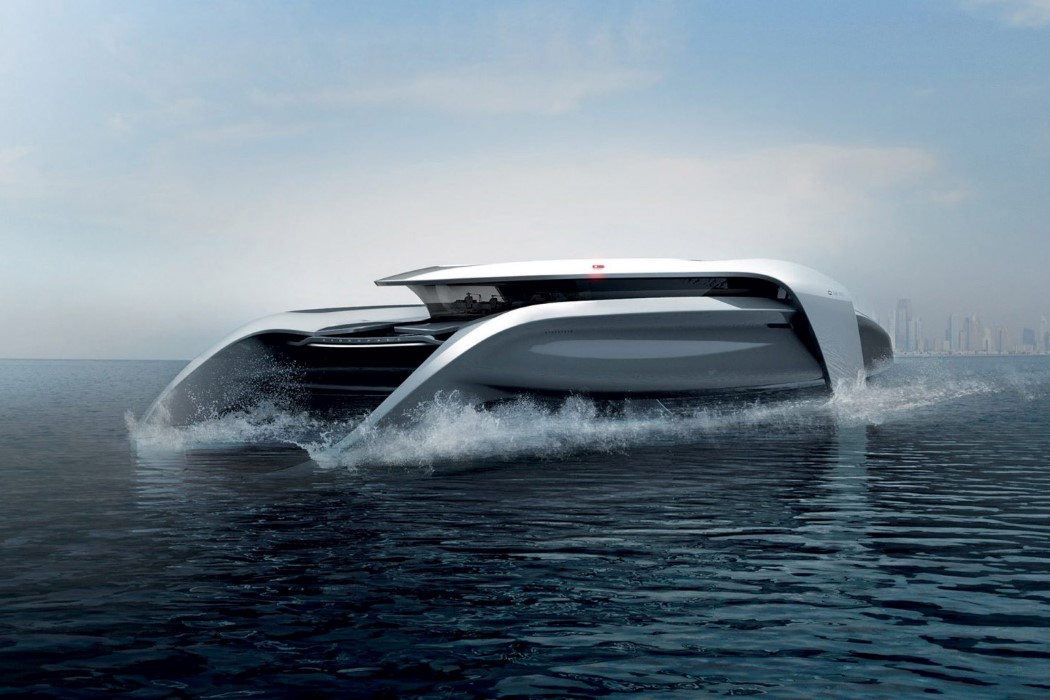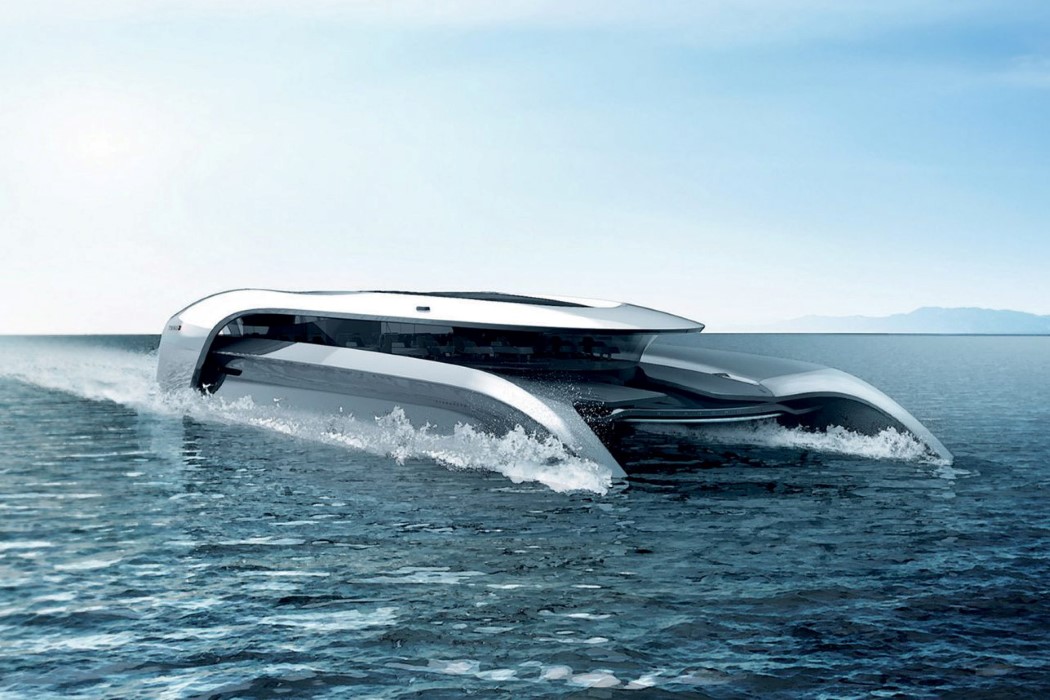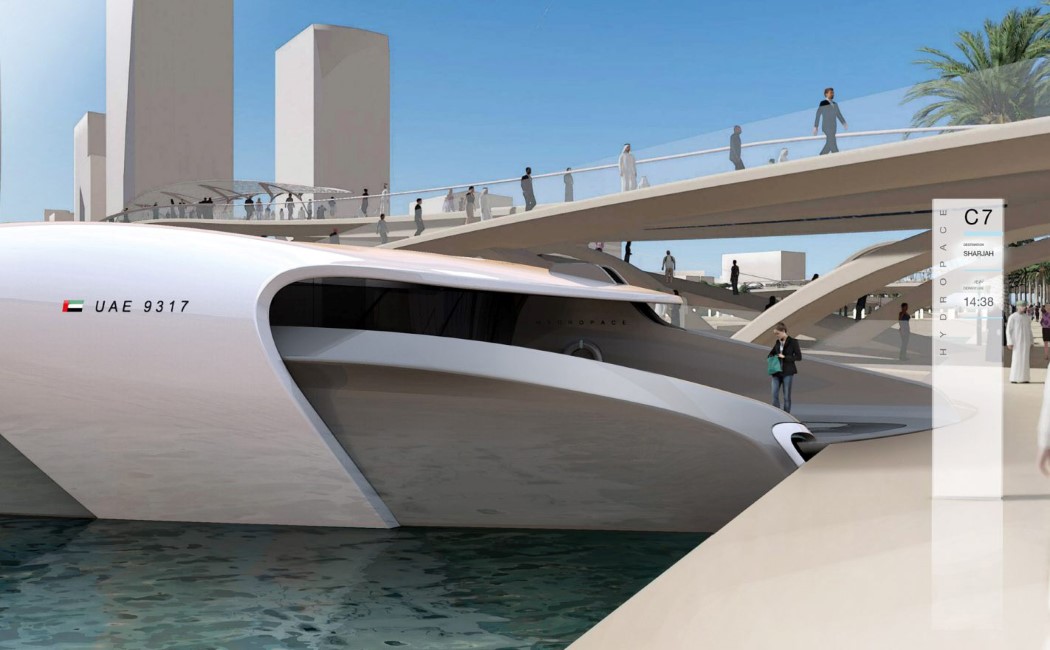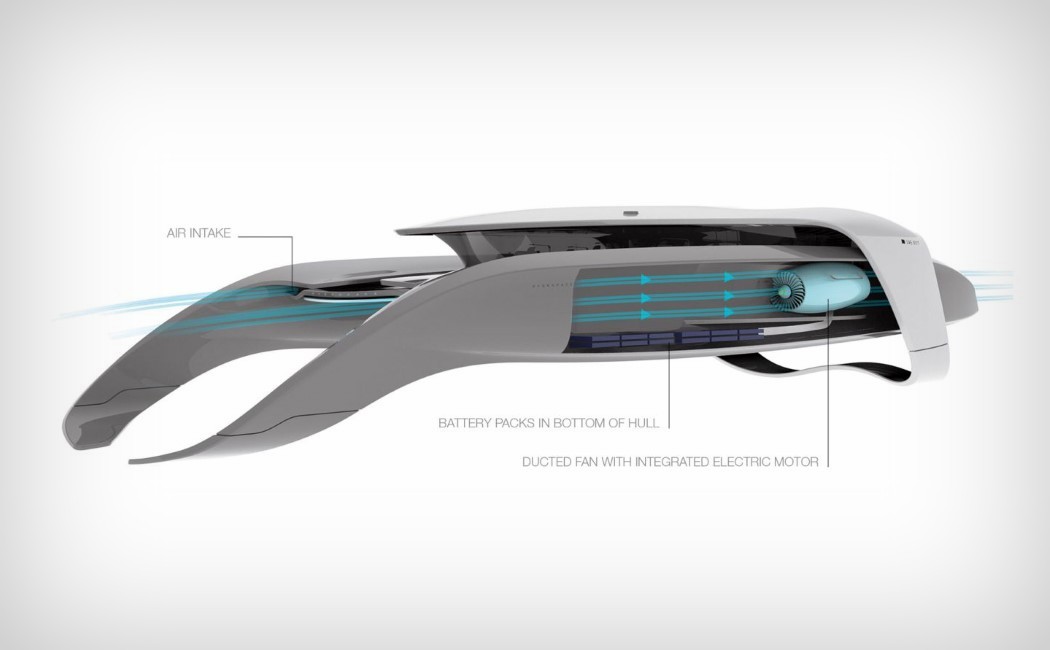Our contemporary lifestyles have undeniably left a negative mark on the environment. Despite the ongoing discussions and awareness campaigns, it seems that these efforts have failed to significantly influence the lifestyle choices of the masses. “The Dots,” an interactive installation by Jack Lee, serves as a metaphorical representation, showcasing the undeniable impact of human activities on the environment and its related issues. Through the fusion of kinetic art and technology, this captivating artwork offers a thought-provoking visual narrative that urges viewers to reflect upon their responsibility towards the environment.
Designer: JACK LEE
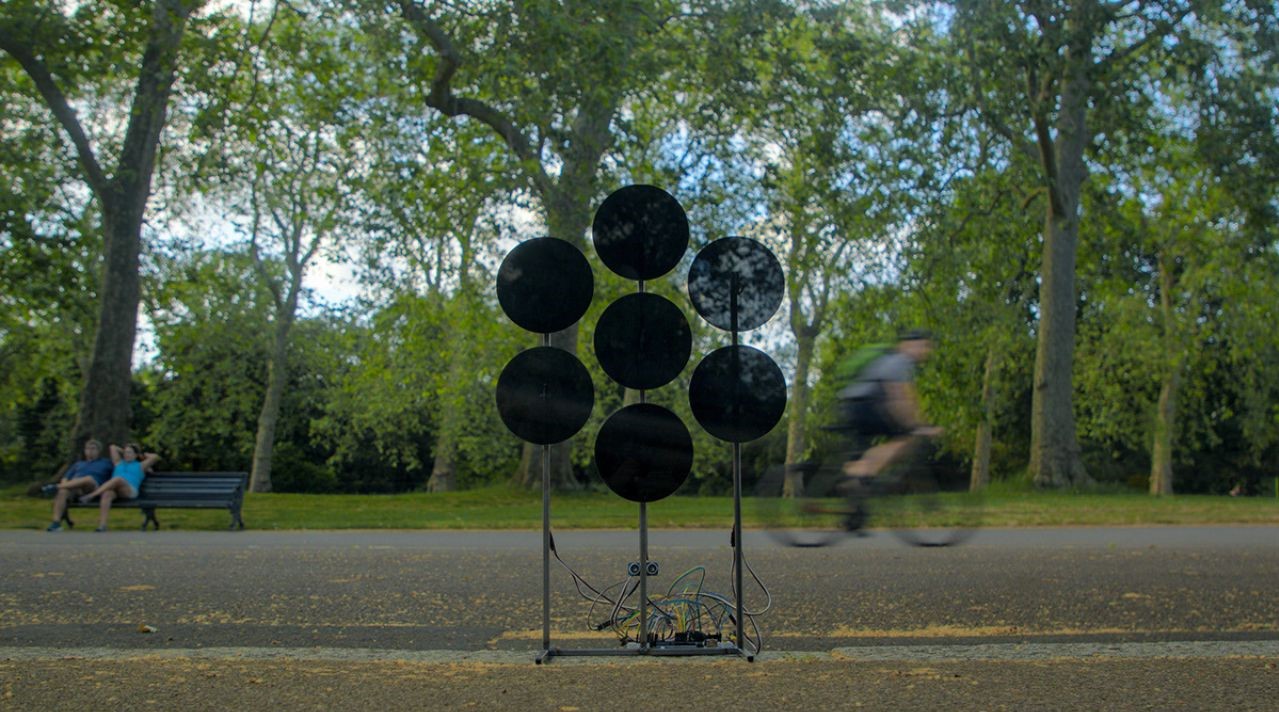
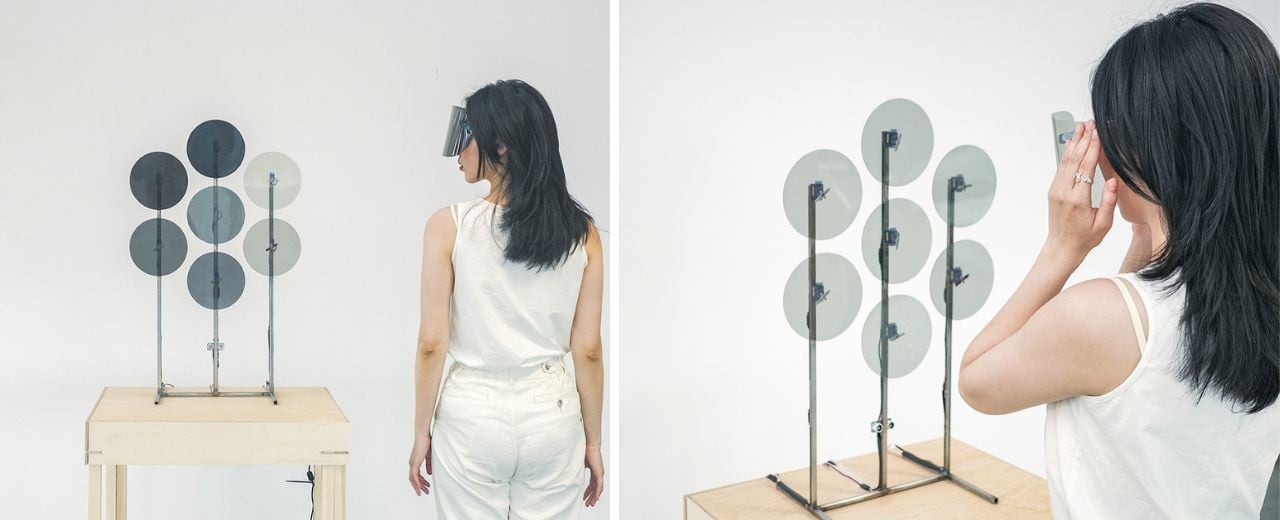
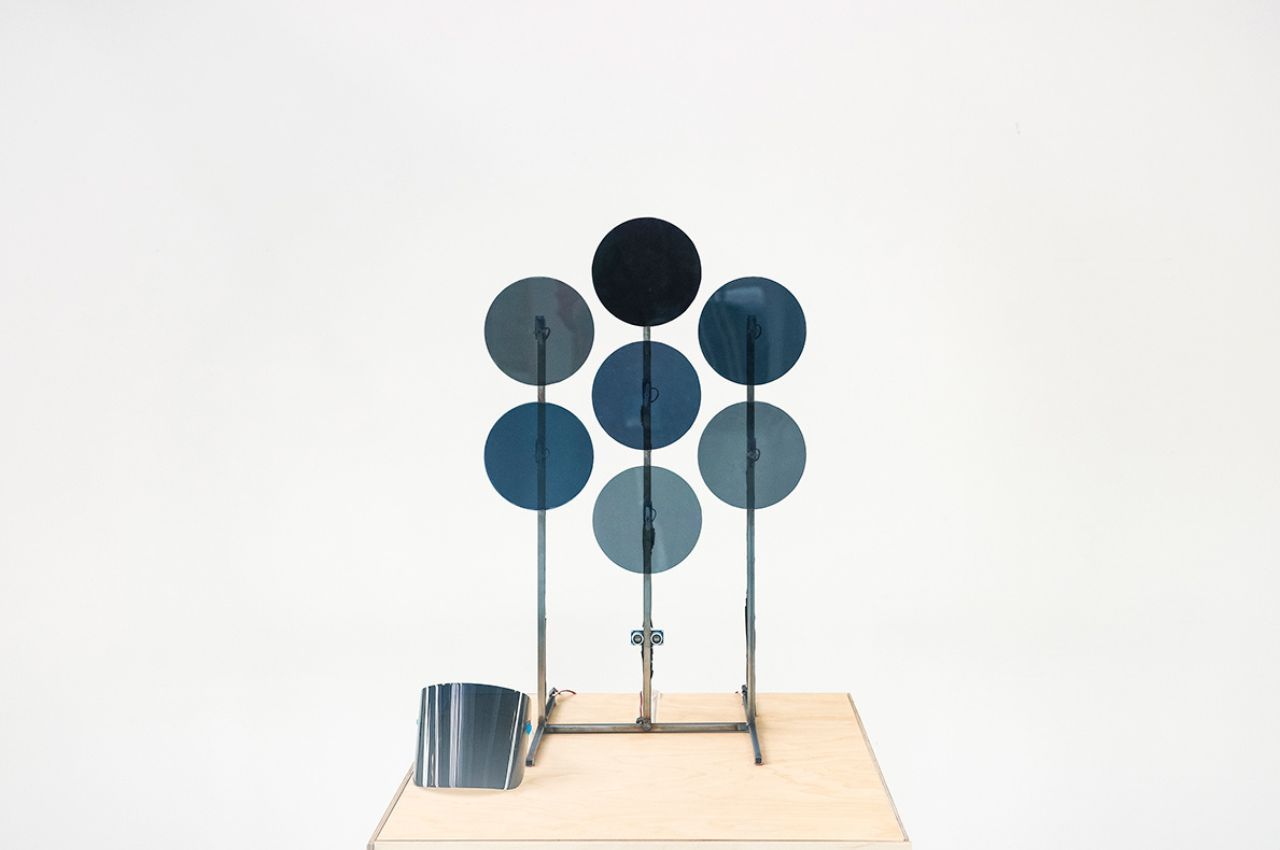
At the heart of “The Dots” installation are meticulously arranged polarised panels, cleverly designed to create mesmerizing visual effects through physical manipulation. By employing servo motors and sensors, the transparency of these panels dynamically adapts to the proximity of the viewer, revealing a captivating visual story. Jack Lee’s creation exemplifies the essence of his “Matters” project series, catalyzing contemplation and encouraging viewers to consider their impact on the environment.
Global environmental issues often appear too vast, abstract, and disconnected from individuals’ daily lives. While the public is generally aware of their existence, it is challenging to establish a personal connection with these issues. However, the power to shape the Earth’s environment, whether positively or negatively, lies within the hands of each individual.
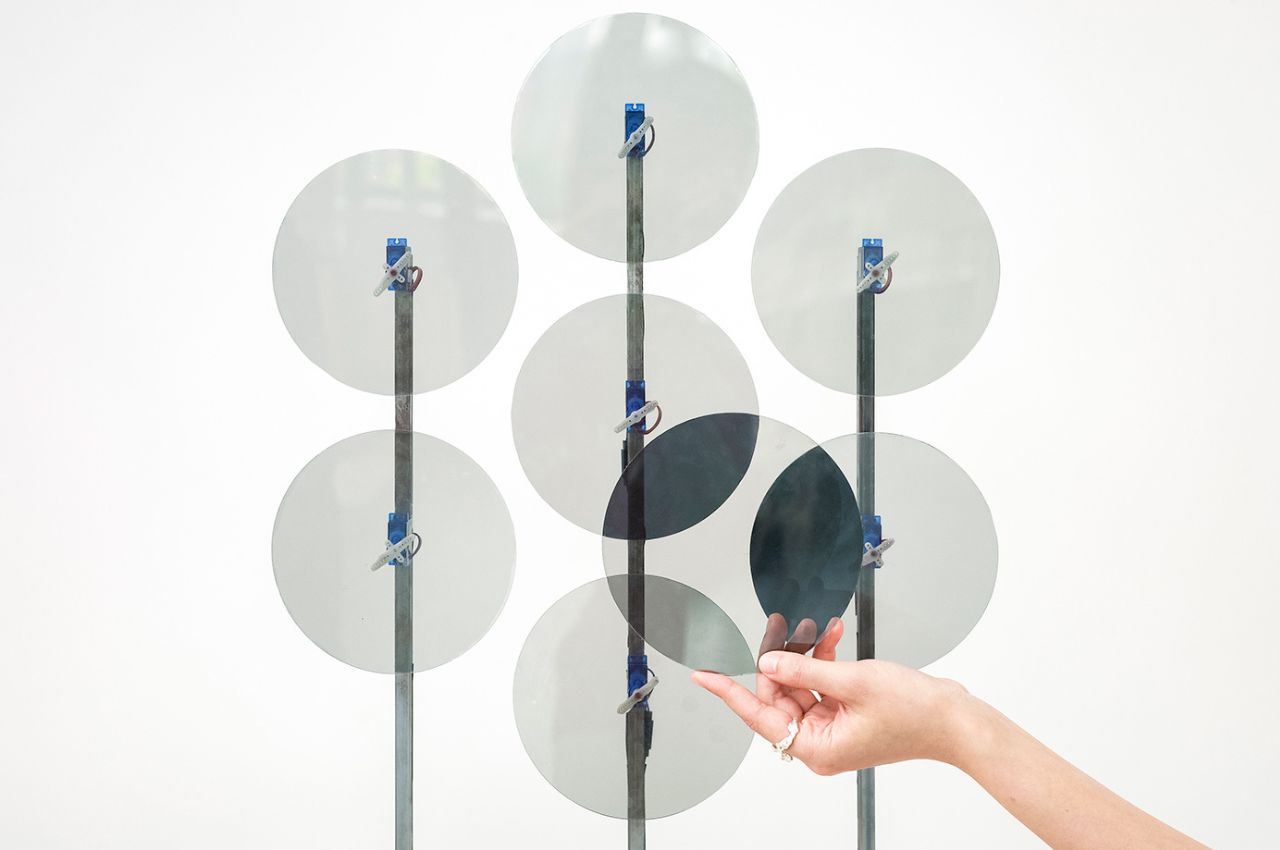
The polarising film used in “The Dots” plays a pivotal role in creating its visual effects. This film is applied to both the surface of the panels and the viewer’s face shield, creating a unified polarised environment. Polarisation is a property of light that describes the direction in which its waves vibrate. The film is specially designed to filter and manipulate the polarisation of light passing through it.
As the panels rotate, the relative angle between the polarised film on the panels and the viewer’s face shield changes. This change in angle alters the transmission of light through the panels, affecting their transparency. When the polarization angles align, the panels become more transparent, allowing more light to pass through. Conversely, when the polarisation angles are misaligned, the panels appear darker and less transparent.
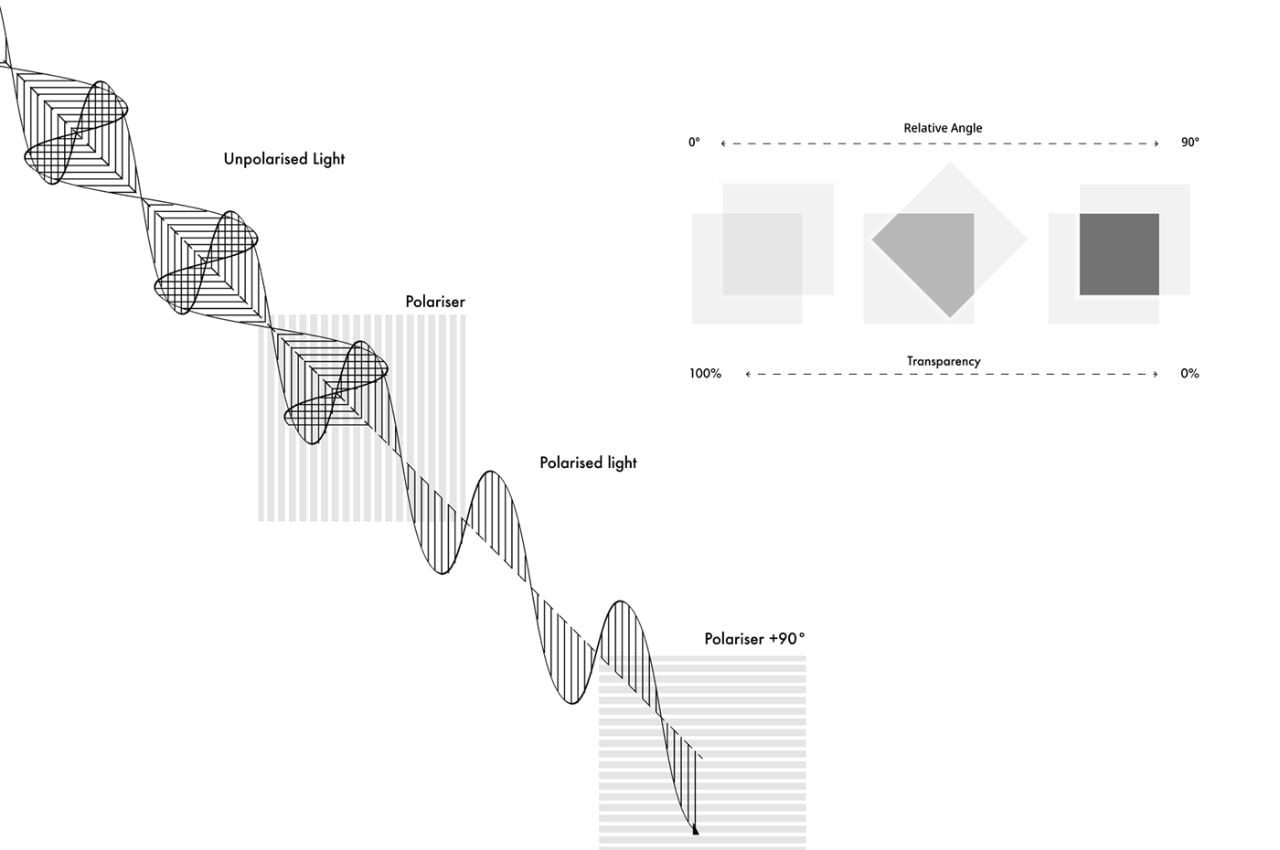
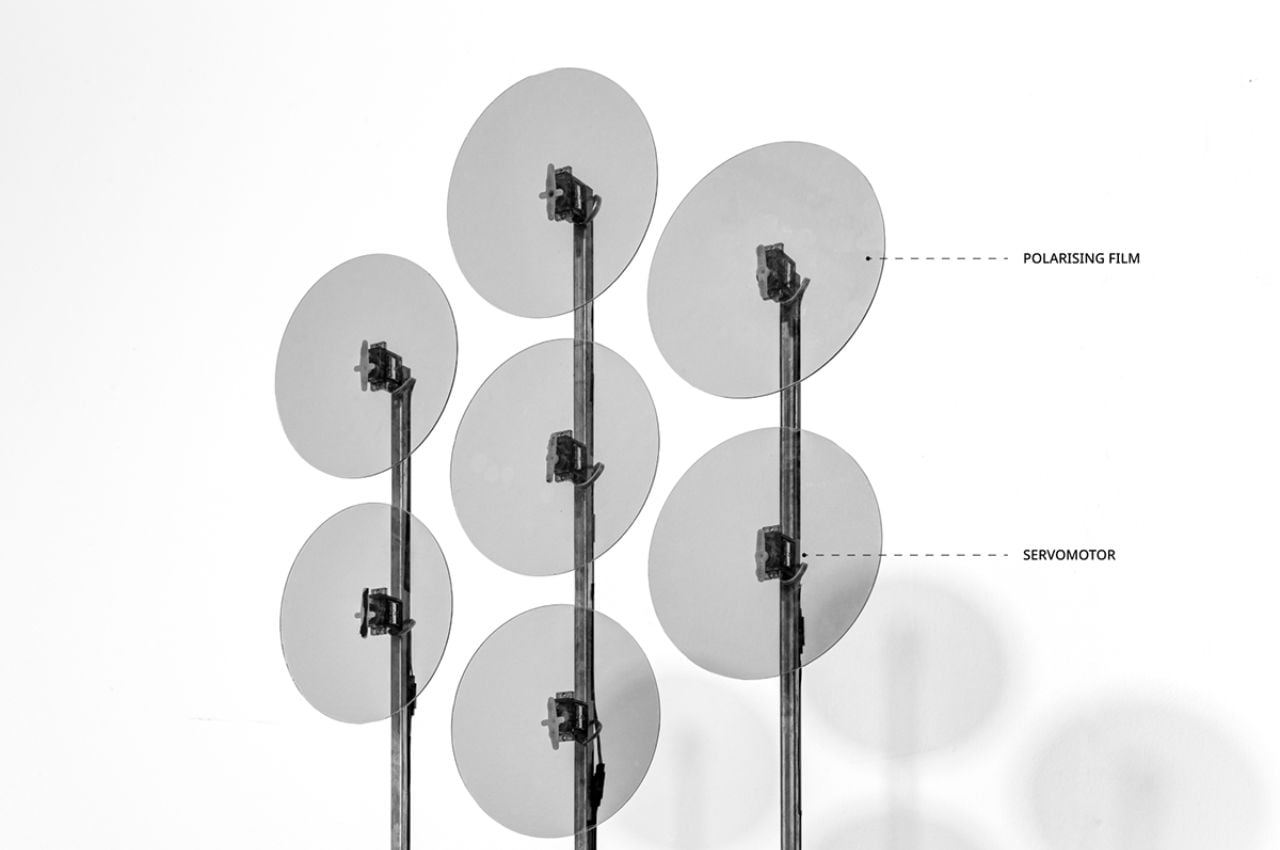
This dynamic interaction between the viewer’s perspective and the polarised panels creates captivating visual transformations, enhancing the immersive experience and reinforcing the connection between the viewer and the artwork.
The installation consists of seven precisely arranged circular panels, forming an intriguing hexagonal grid. Guided by servo motors controlled by an Arduino board integrated with an Ultrasonic distance sensor, each panel gracefully comes to life. The panels’ surfaces are coated with a delicate layer of polarised film, similar to the material used in a specially designed face shield that the audience wears.
As the panels elegantly rotate, a mesmerizing metamorphosis unfolds. The transparency of each panel dynamically shifts, influenced by the relative angle between the viewer’s glasses and the panels themselves. This captivating interplay between movement and perception creates a visual symphony, where the degree of rotation echoes the distance between the audience and the installation.
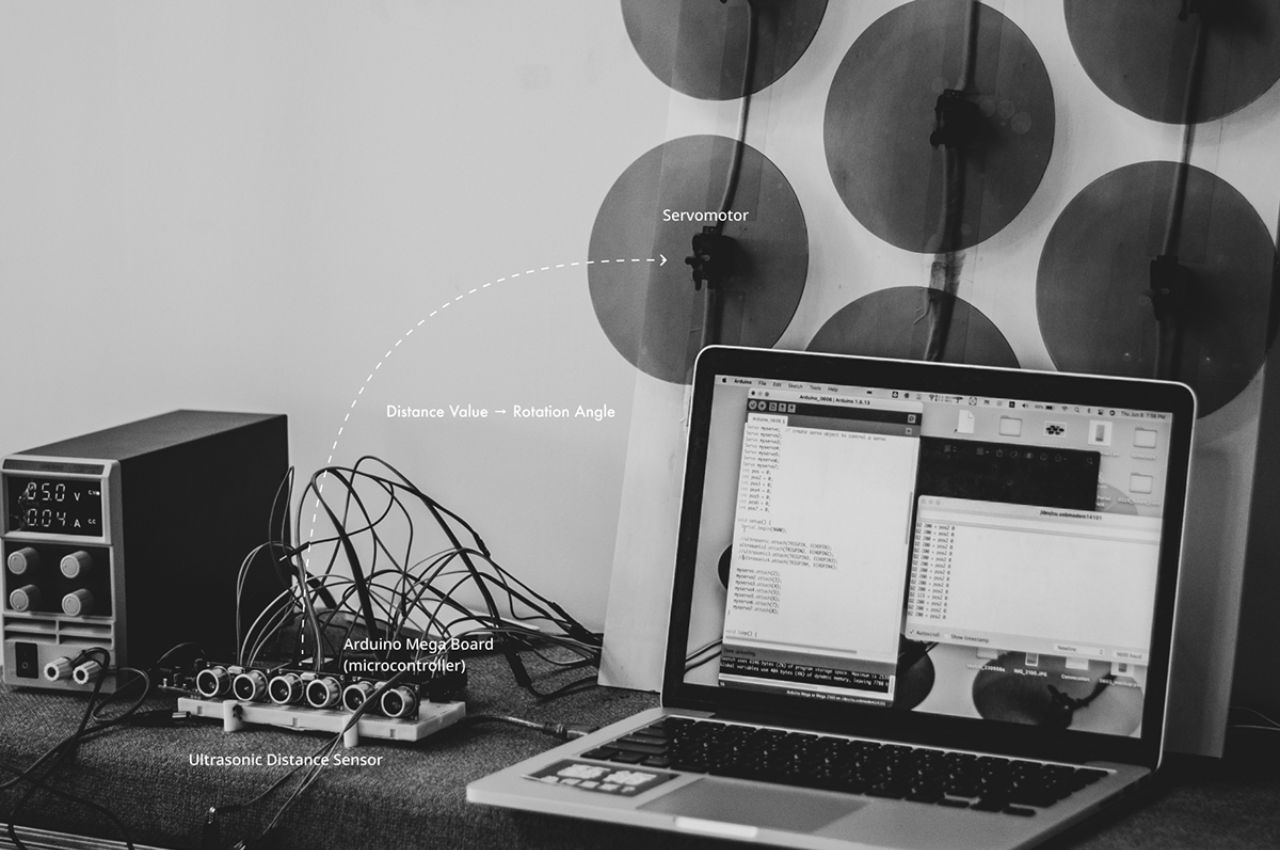 “The Dots” installation serves as a significant initiative toward environmental awareness, but there is room for further development. Currently, viewers require additional equipment like the viewer’s glasses to fully experience the installation. While this adds an extra effort that may deter some individuals, it is crucial to consider inclusivity and accessibility. Finding ways to make the experience more easily accessible can ensure a broader reach and engage even the “lazy” population who might otherwise prioritize ease over environmental concerns.
“The Dots” installation serves as a significant initiative toward environmental awareness, but there is room for further development. Currently, viewers require additional equipment like the viewer’s glasses to fully experience the installation. While this adds an extra effort that may deter some individuals, it is crucial to consider inclusivity and accessibility. Finding ways to make the experience more easily accessible can ensure a broader reach and engage even the “lazy” population who might otherwise prioritize ease over environmental concerns.
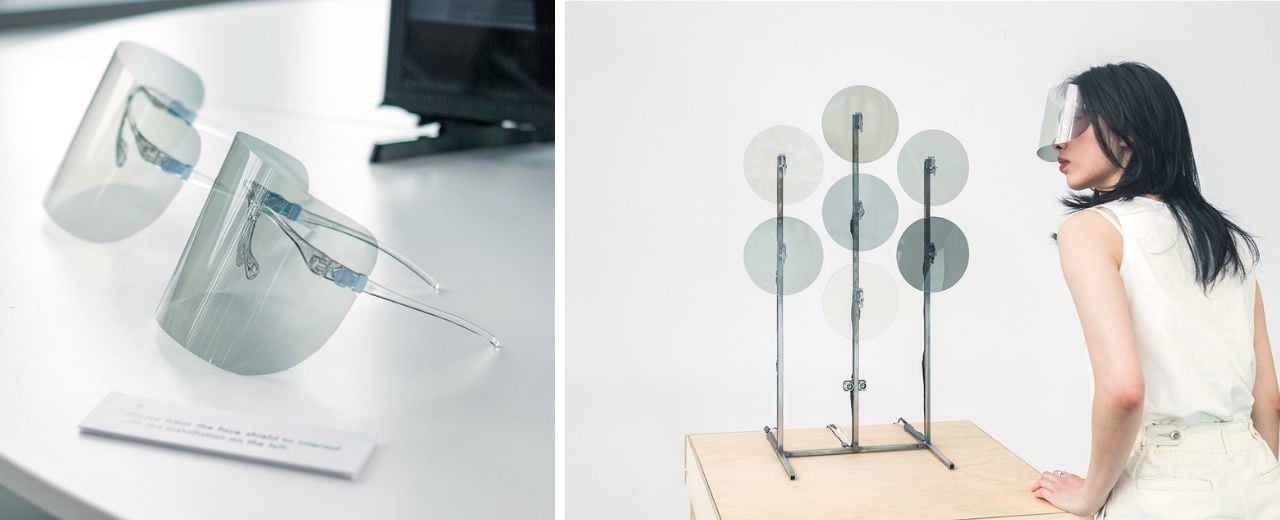
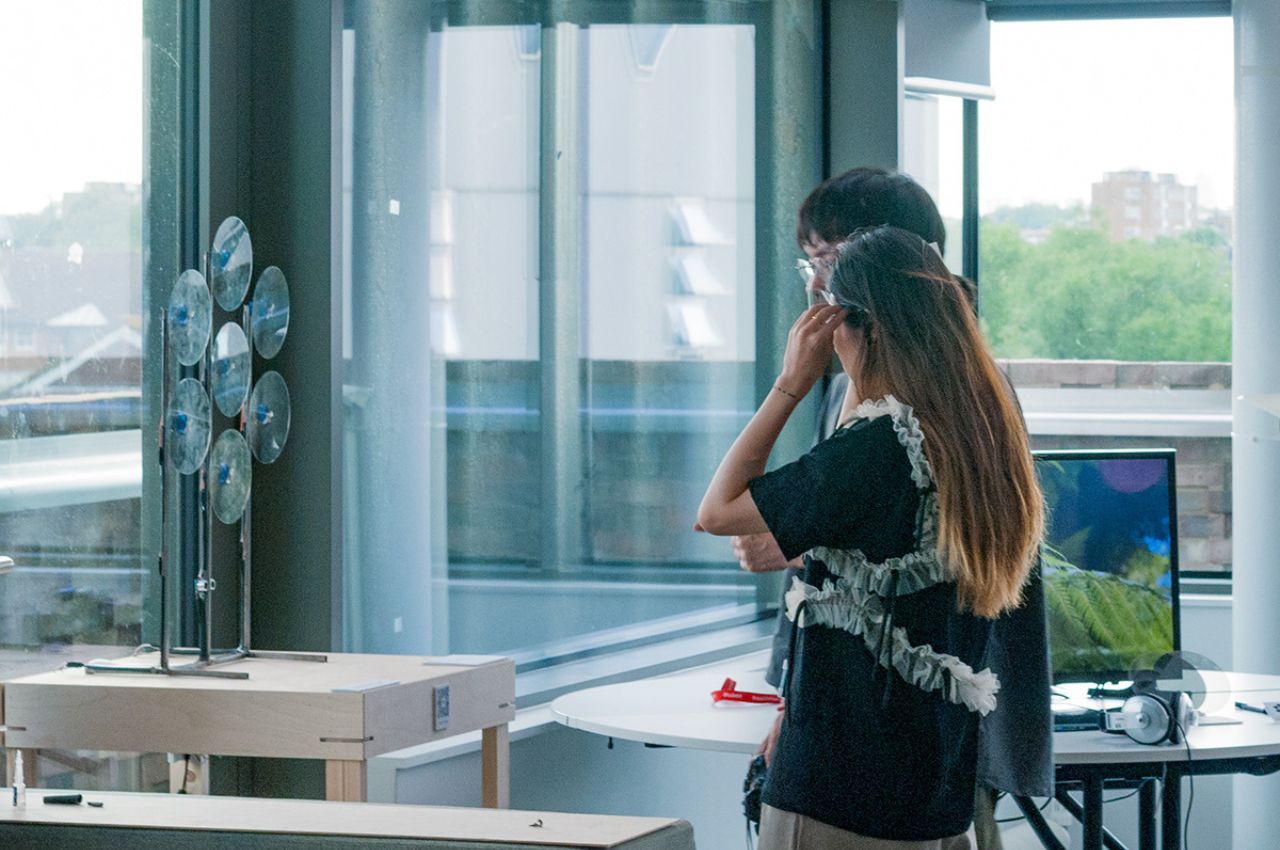
Looking into the future, “The Dots” holds immense potential for engaging and inspiring audiences in various settings. Beyond its current artistic context, the concept and technology employed in this work can be extended to broader applications.
In public spaces, such as museums or interactive exhibitions, “The Dots” can serve as an immersive experience that encourages public engagement and dialogue. By inviting viewers to reflect on their individual responsibility for the environment, the installation prompts discussions and actions toward a more sustainable future.
Moreover, the technology and techniques used in “The Dots” can inspire innovations in architectural design and urban planning. By integrating similar interactive elements into buildings and public spaces, it becomes possible to create dynamic environments that respond to human presence and encourage eco-friendly behaviors.
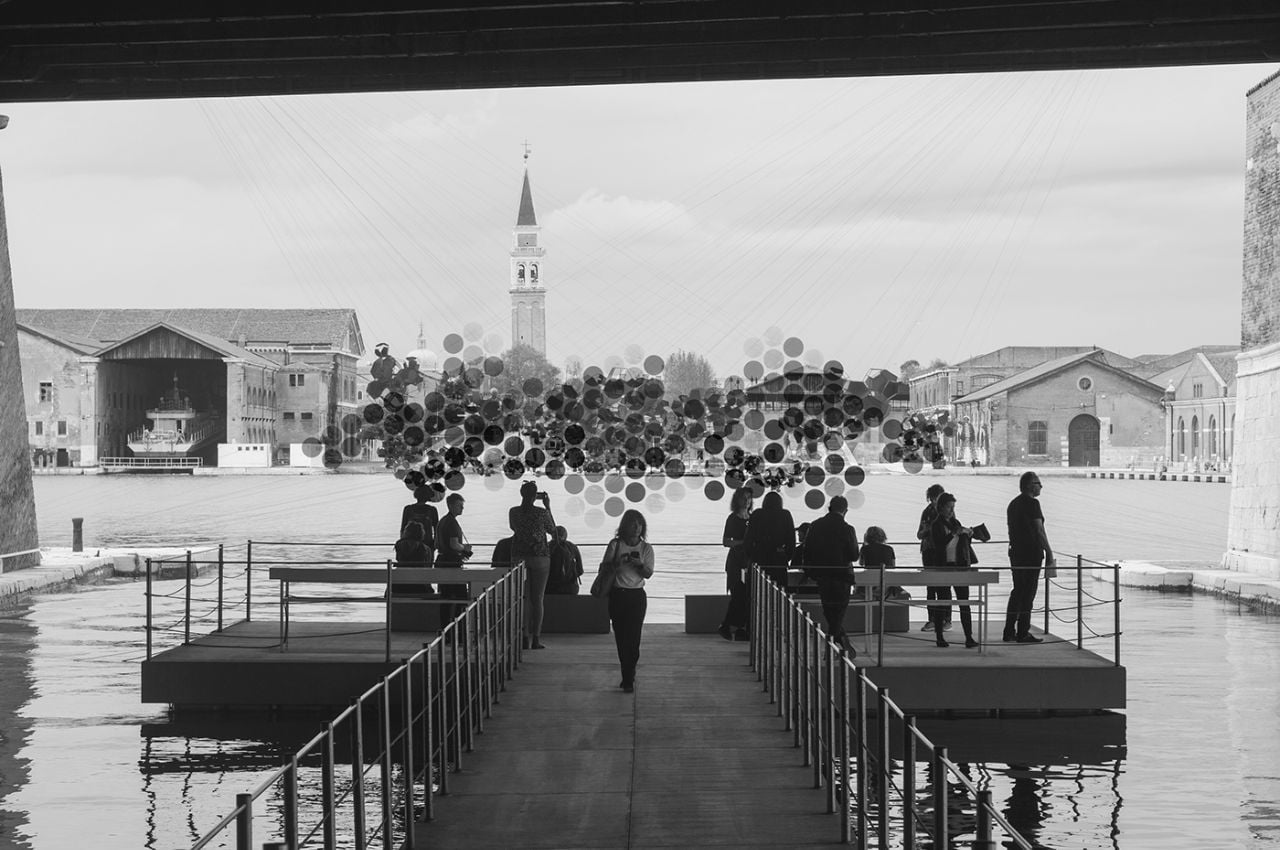
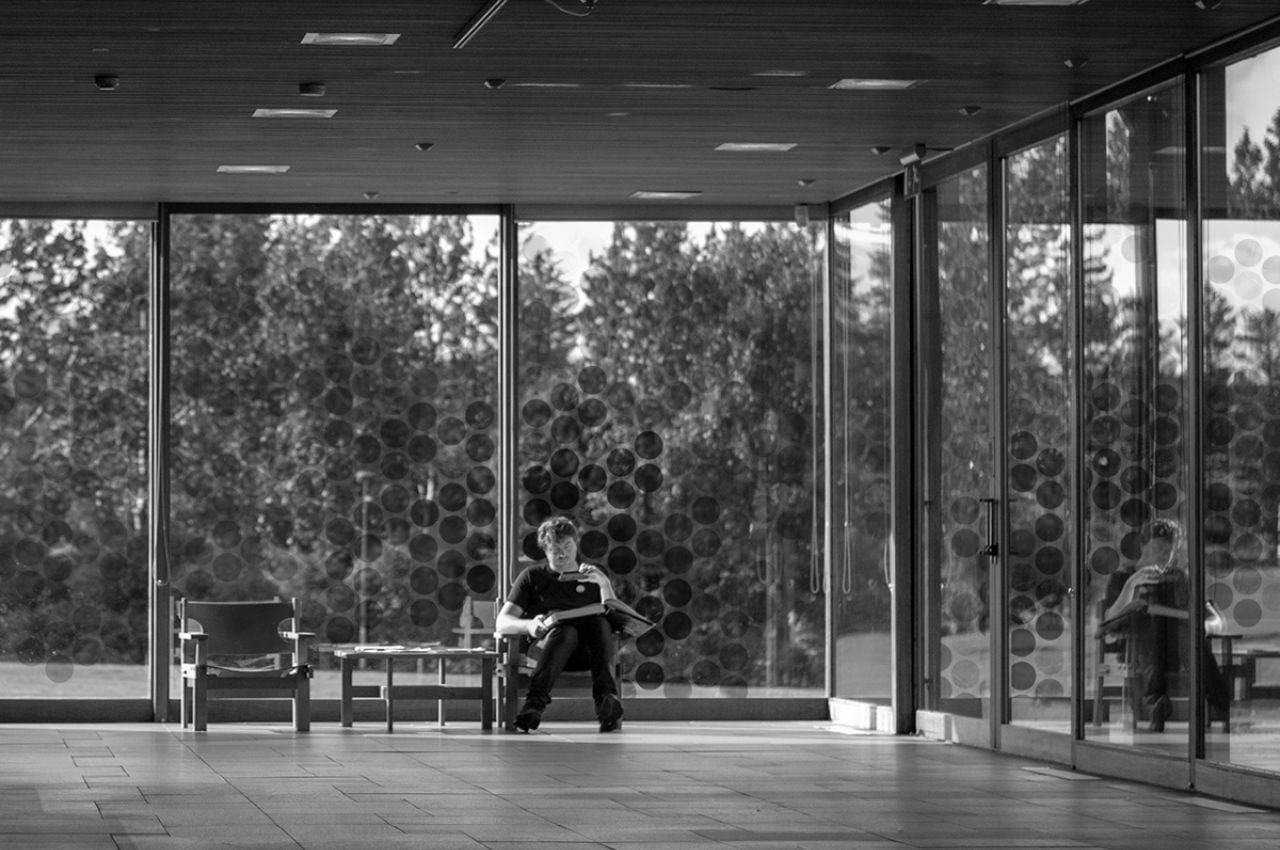
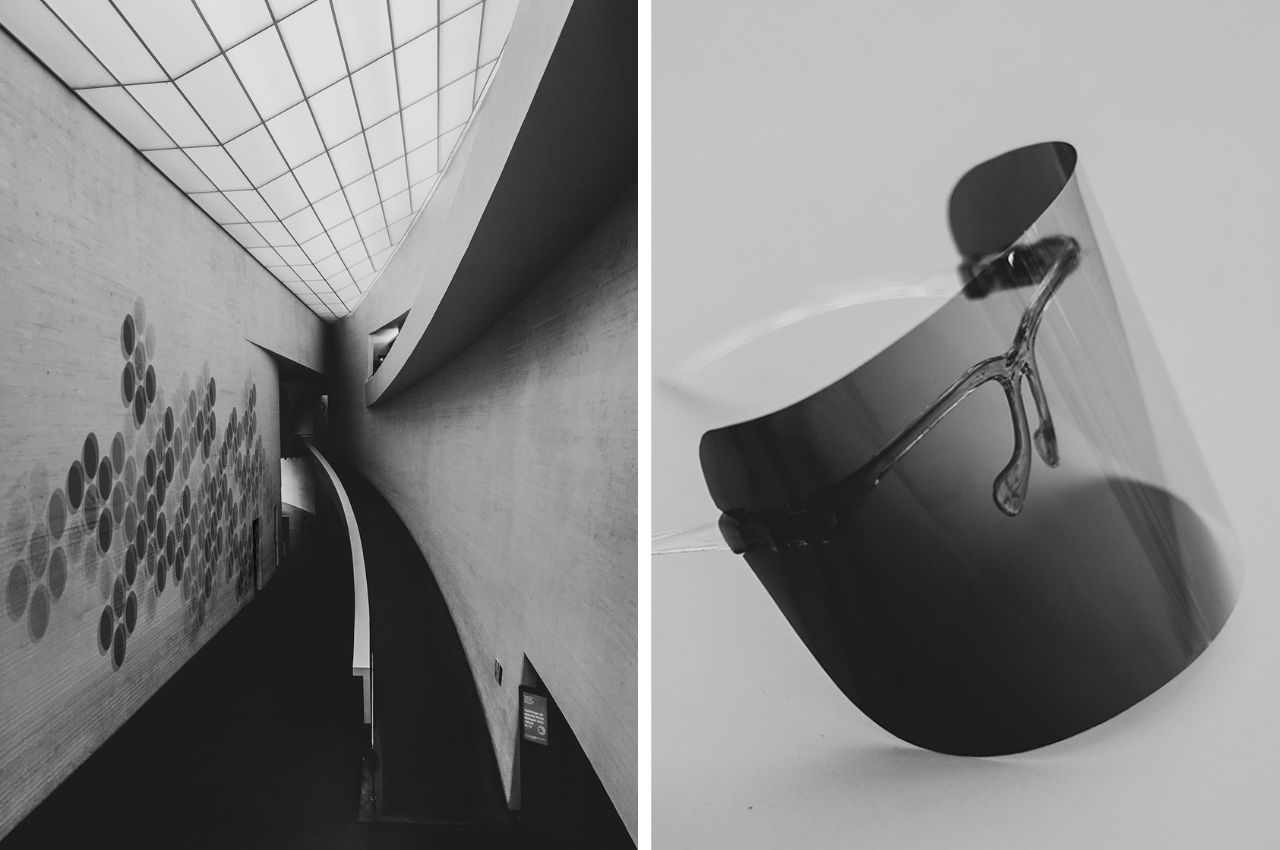
Overall, the future application of “The Dots” extends beyond its current art form, presenting opportunities for environmental education, public engagement, and sustainable design solutions. By harnessing the power of interactive technology art, this installation has the potential to contribute to a more conscious and environmentally responsible society. It reminds us that our individual actions, no matter how small, can make a difference in shaping a better future for our planet.
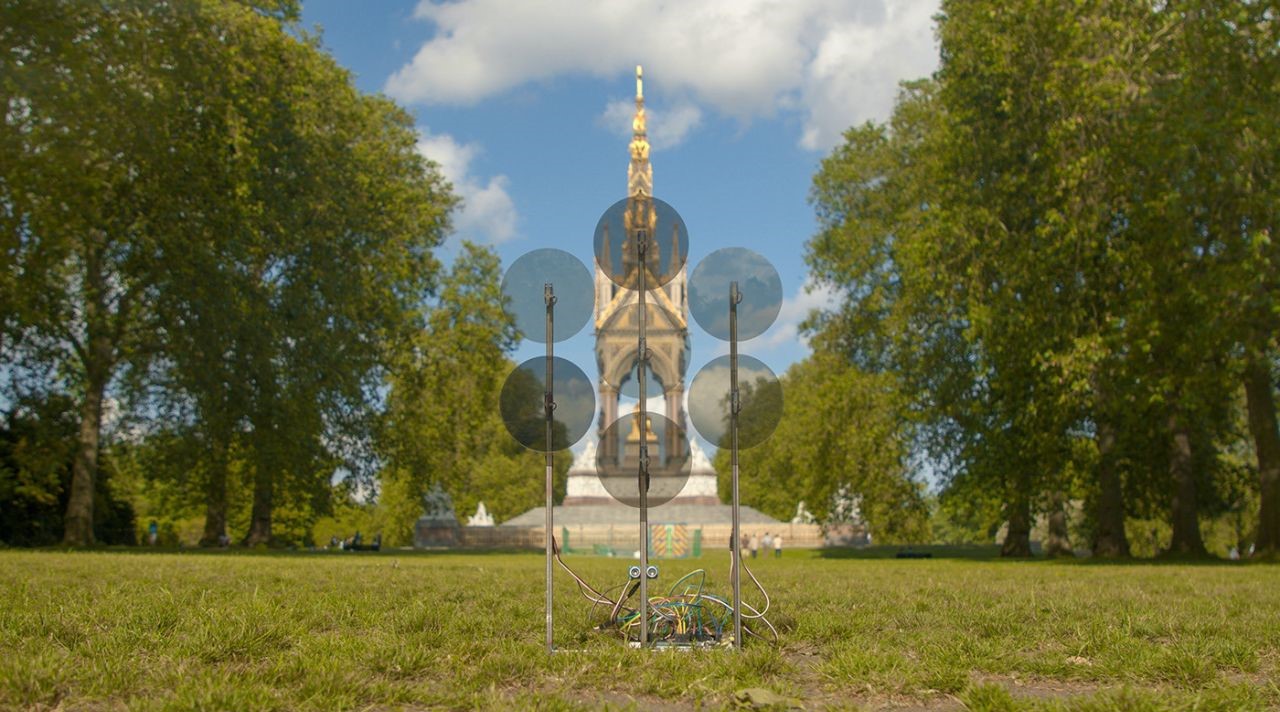
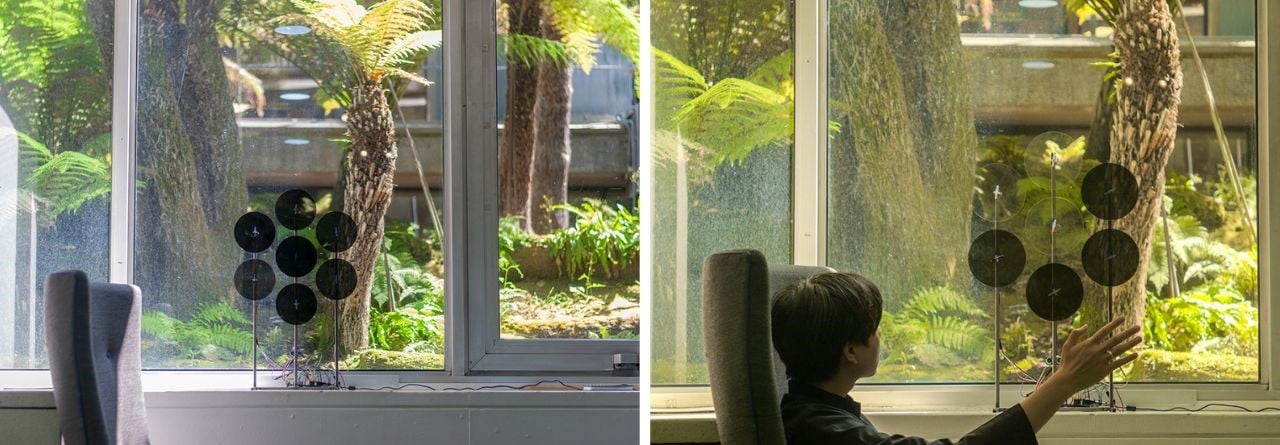
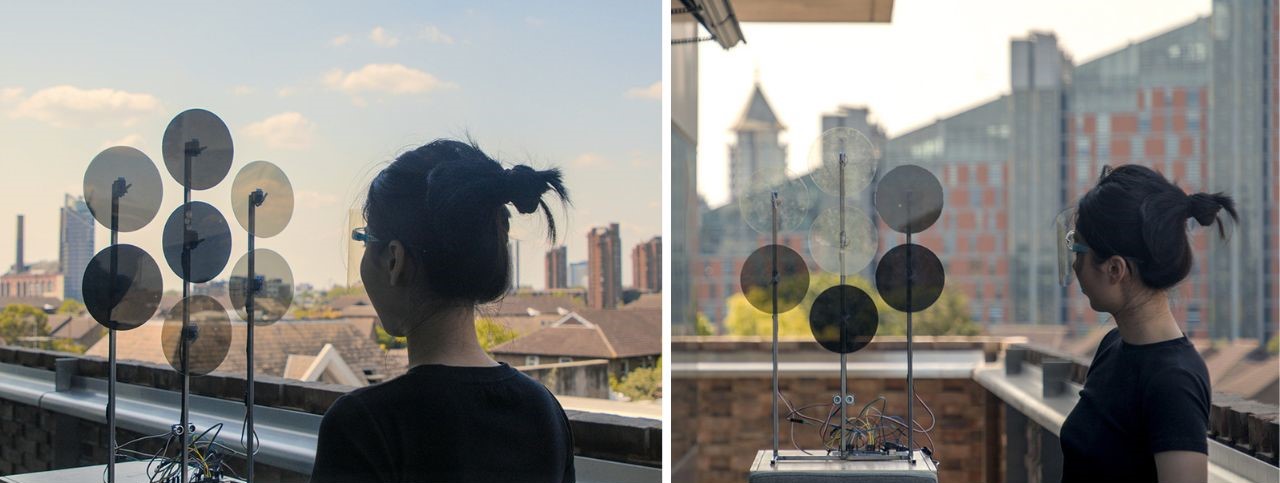
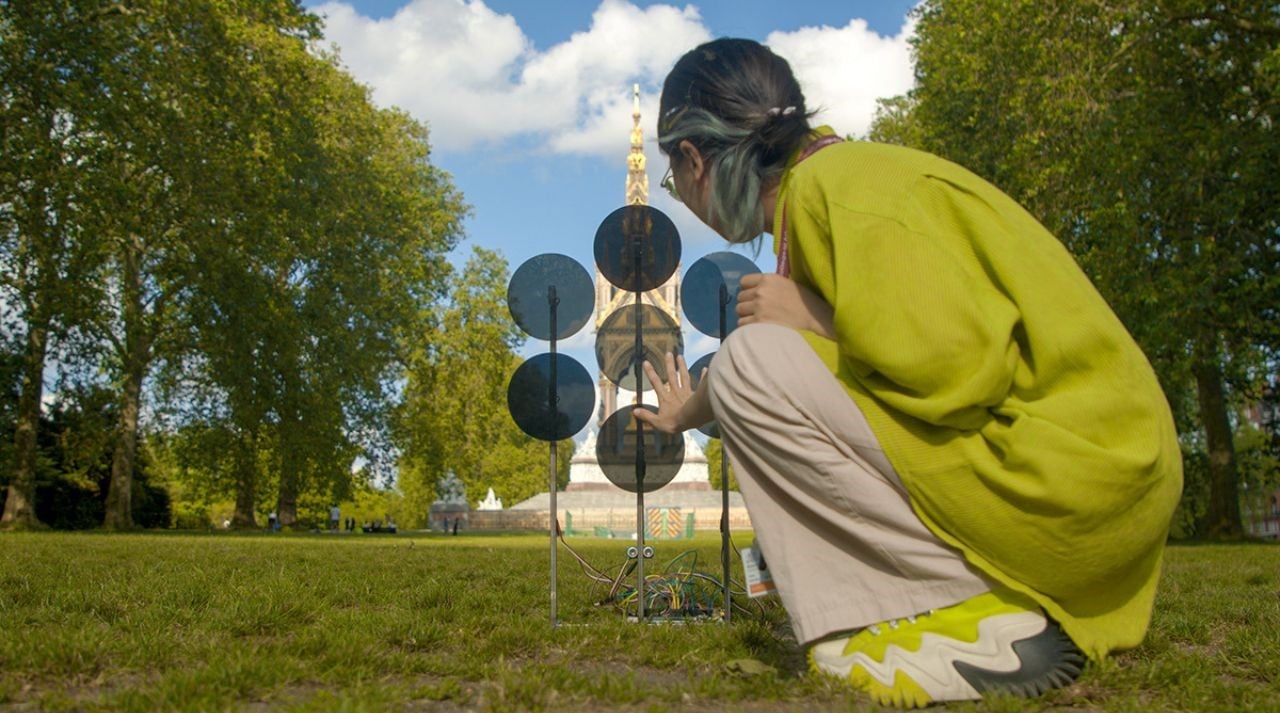
The post This Kinetic Sculpture Provides an Elegant Metaphorical Reflection on Environmental Impact through Dots first appeared on Yanko Design.
